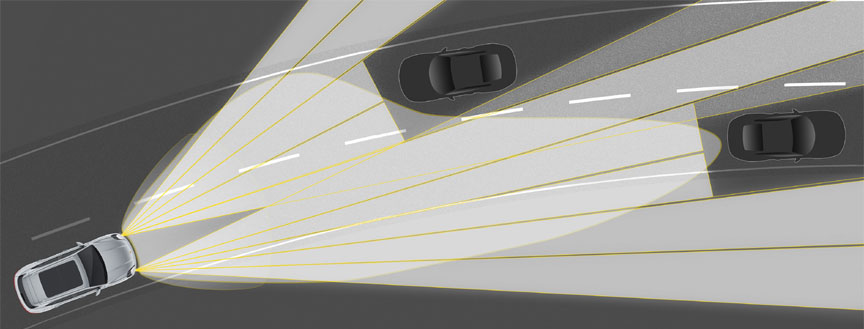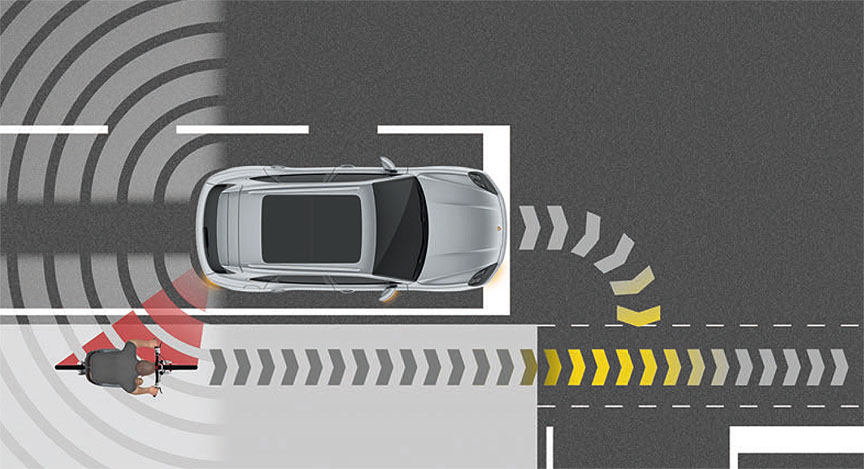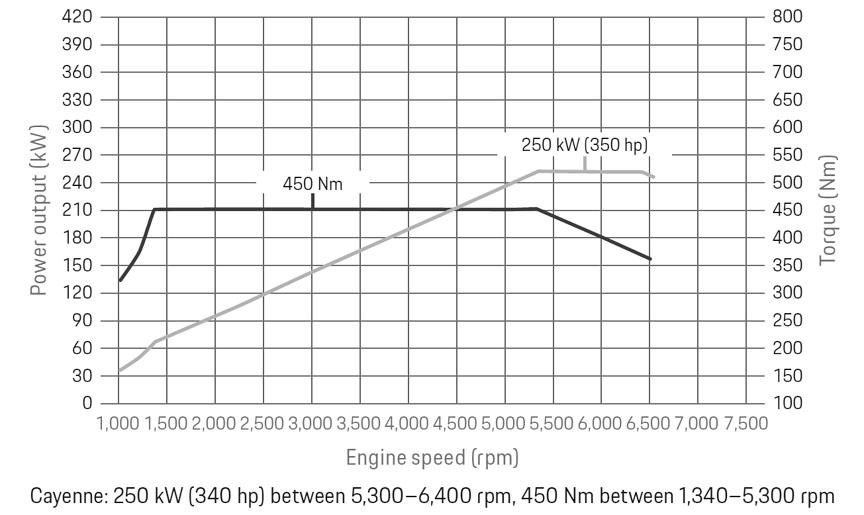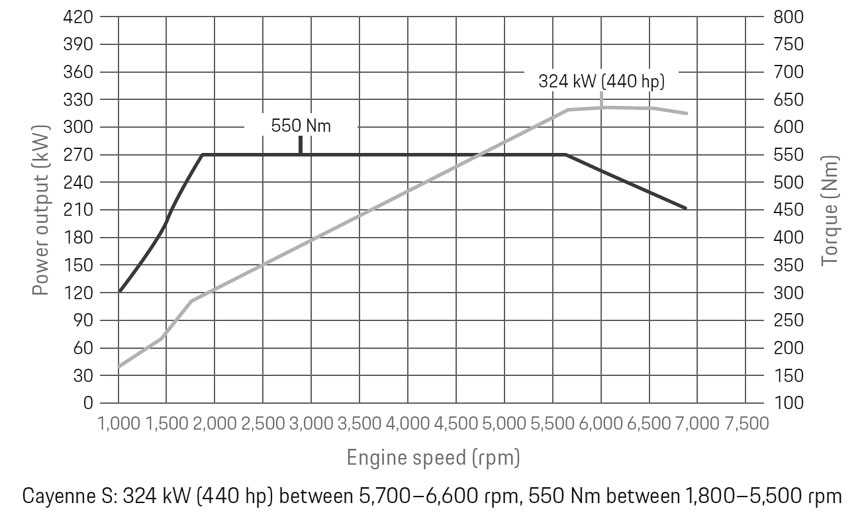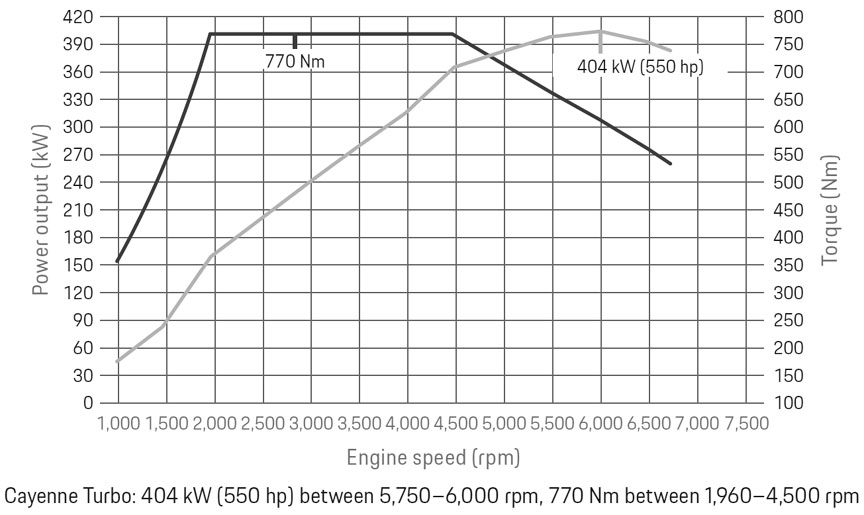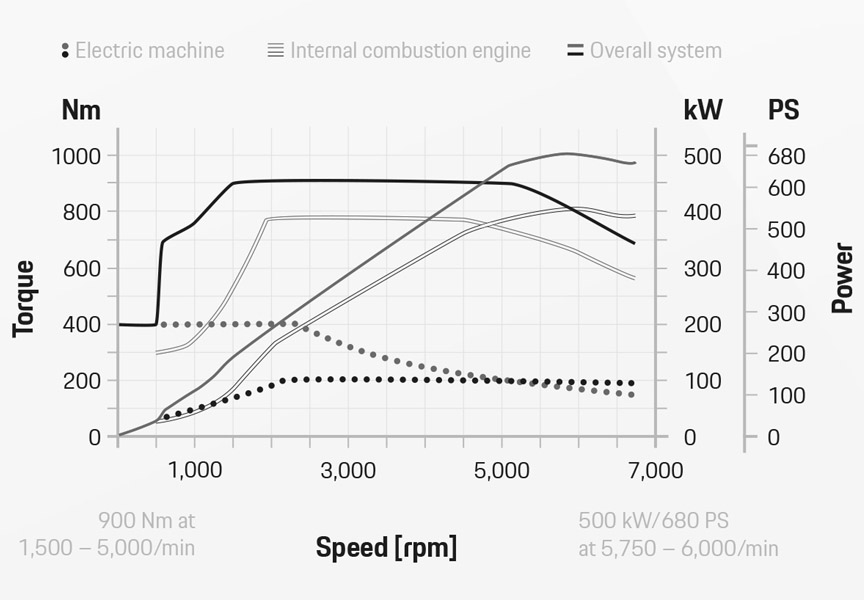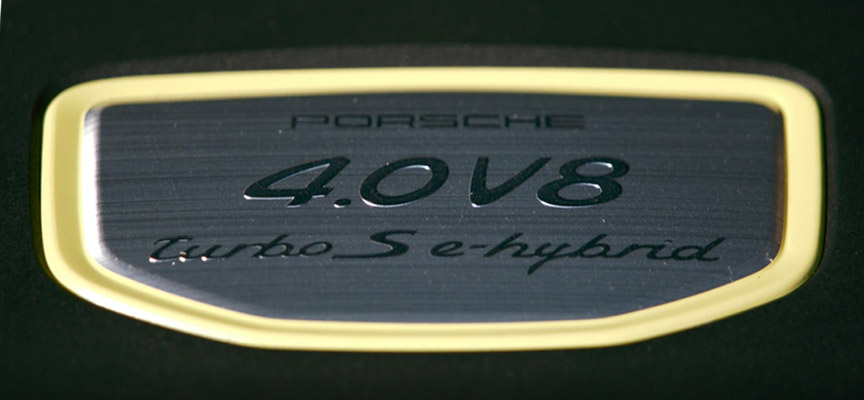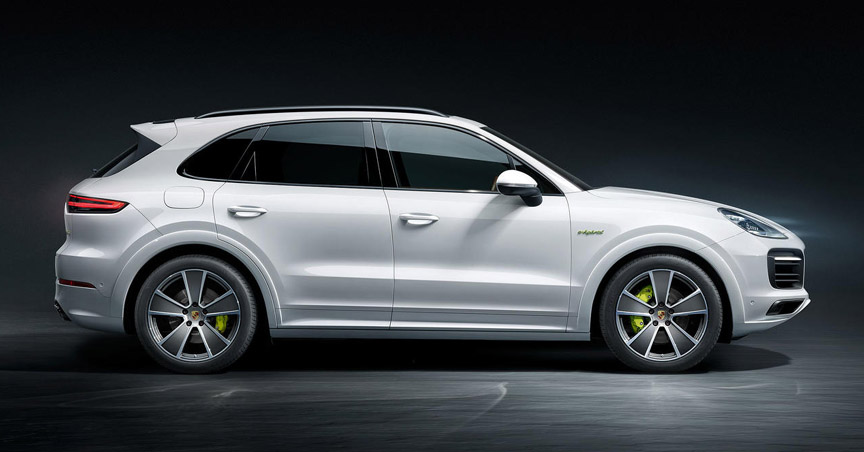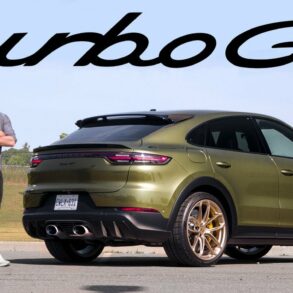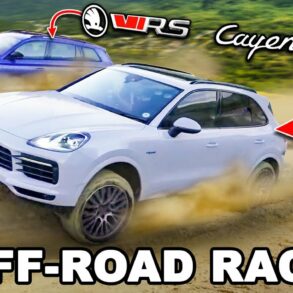3rd Generation Porsche Cayenne (9YA) Story & History
Cayenne (2019 – Present)
Date of unveil by Porsche AG: 2017 August 29 / Premiere: 2017 August 29 in Stuttgart Porsche Museum / Market launch: end of 2017
Performance Data (9Y0)
| Modification | Engine | kW | lb-ft | Nm | 60 mph | 100 km/h | 100 mph | 200 km/h | mph | km/h | DIN kg | DIN lb |
|---|---|---|---|---|---|---|---|---|---|---|---|---|
| Cayenne (Turbo 3.0) | Audi V6 turbo | 250 | 331 | 450 | 5.8 sec. *5.6 sec. | 6.2 sec. *5.9 sec. | 24.2 sec. *23.9 sec. | 152 | 245 | 1,985 | 4,376 | |
| Cayenne Hybrid (Turbo 3.0) | Audi V6 turbo | 340 | 515 | 700 | *4.7 sec. | *5.0 sec. | 157 | 253 | 2,295 | 5,060 | ||
| Cayenne S (Turbo 2.9) | Audi V6 bi-turbo | 324 | 404 | 550 | 4.9 sec. *4.6 sec. | 5.2 sec. *4.9 sec. | 18.9 sec. *18.6 sec. | 165 | 265 | 2,020 | 4,453 | |
| Cayenne GTS (Turbo 4.0) | Audi-Porsche V8 bi-turbo | 338 | 456 | 620 | 4.5 sec. *4.2 sec. | 4.8 sec. *4.5 sec. | 10.9 sec. *10.6 sec. | 17.9 sec. *17.6 sec. | 168 | 270 | 2,145 | 4,729 |
| Cayenne Turbo 4.0 | Audi-Porsche V8 bi-turbo | 404 | 566 | 770 | 3.9 sec. *3.7 sec. | 4.1 sec. *3.9 sec. | 178 | 286 | 2,175 | 4,795 | ||
| Cayenne Turbo S 4.0 Hybrid | Audi-Porsche V8 bi-turbo | 500 | 662 | 900 | *3.6 sec. | *3.8 sec. | *8.4 sec. | *13.2 sec. | 183 | 295 | 2,490 | 5,490 |
Performance Data (9Y3)
| Modification | Engine | kW | lb-ft | Nm | 60 mph | 100 km/h | 100 mph | 200 km/h | mph | km/h | DIN kg | DIN lb |
|---|---|---|---|---|---|---|---|---|---|---|---|---|
| Cayenne (Turbo 3.0) | Audi V6 turbo | 250 | 331 | 450 | *5.7 sec. | *6.0 sec. **5.9 sec. | *13.9 sec. **13.8 sec. | 151 | 243 | 2,030 | 4,475 | |
| Cayenne Hybrid (Turbo 3.0) | Audi V6 turbo | 340 | 515 | 700 | *4.8 sec. | *5.1 sec. **5.0 sec. | *11.7 sec. | 157 | 253 | 2,360 | 5,203 | |
| Cayenne S (Turbo 2.9) | Audi V6 bi-turbo | 324 | 404 | 550 | *4.7 sec. | *5.0 sec. **4.9 sec. | *11.4 sec. | *18.8 sec. | 163 | 263 | 2,025 | 4,464 |
| Cayenne GTS (Turbo 4.0) | Audi-Porsche V8 bi-turbo | 338 | 456 | 620 | *4.2 sec. | *4.5 sec. | *10.6 sec. | *17.6 sec. | 168 | 270 | 2,175 | 4,795 |
| Cayenne Turbo 4.0 | Audi-Porsche V8 bi-turbo | 404 | 566 | 770 | *3.7 sec. | *3.9 sec. **3.9 sec. | *9.2 sec. **9.2 sec. | 178 | 286 | 2,200 | 4,850 | |
| Cayenne Turbo S 4.0 Hybrid | Audi-Porsche V8 bi-turbo | 500 | 662 | 900 | *3.6 sec. | *3.8 sec. | *8.5 sec. | *13.3 sec. **13.2 sec. | 183 | 295 | 2,535 | 5,589 |
* Sport Chrono Pack/Launch Control
** with carbon roof
Weight of German versions with standard equipment. DIN weight = car with 90% fuel, no driver, no cargo.
Year is the year of introduction, not model year.
Before the launch of the 9Y0 version, more than 760.000 Cayenne station wagons (955, 957, 958.1, 958.2) were made. The design of the Cayenne 958 (958.1 2010-2014, 958.2 2014-2017) was so good that the 9Y0 is not a revolution, but – typically to Porsche – an evolution. All exterior panels are now of aluminium and many structural body parts aswell. Despite the 2.5″/63 mm longer body and larger wheels (19″ now smallest size plus rear wheels and tyres wider than fronts), the base version lost 55 kg/121 lb compared to the 958.2. The optional air suspension now is the 3-chamber system, which makes the ride more comfortable than before. Rear-axle steering is available for the first time – reduced turning circle makes handling of the SUV easier. PDCC (Porsche Dynamic Chassis Control) system is now electric instead of hydraulic. This was made possible by a 48-volt electrical system. The base version is now fitted with LED headlights as standard, but PDLS (Porsche Dynamic Light System) cornering lights are still optional. The PDLS+ LED Matrix headlights are the best system available. Fully variable light distribution and intensity are enabled by 84 individually activated LEDs – the high beam does not glare opposing traffic, as well as there is adaptive sign glare control. Night Vision Assist comes with a thermal imaging camera.
Cayenne Coupé
Is it a coupé? As a marketing term, yes, as a technical description of a body style, no. So, it should be written as “Coupé” with capital letter to show it is a name and not a body style.
Cayenne Coupé’s standard equipment includes speed-sensitive Power Steering Plus, 20″ wheels on base version and 21″ on V8, reversing camera and the Sport Chrono Package with Launch Control. The car also comes standard with all-glass panoramic roof. This makes the car 25 kg /55 lb heavier than the station wagon. The optional lightweight carbon roof is part of a package that also includes the Sport Design exterior package, weight-reduced 22″ GT Design wheels, seat centres in classic checkered fabric, carbon interior trim, Alcantara ceiling and steering wheel. For the V8 Cayenne Turbo Coupé, the package also includes a sports exhaust system. The package saves 18-22 kg/40-49 lb.
With the V8 engine, the Coupé is approximately 6% more expensive than the station wagon, but with the much cheaper base engine version, the price difference coming from the roof shape translates to around 12%. Although it might not sound reasonable to pay extra for the roof line shape, the Coupé might keep it’s value better than the station wagon – if the CO2 emitting cars will keep their values at all.
PSCB Porsche Surface Coated Brakes
The wolfram-carbide coated cast-iron brake discs are the world first. To make the PSCB, a gray-iron disc is laser-processed to offer structure, then galvanized with an interlayer. The interlayer acts like a flexible bond to relieve the differential thermal extension of gray iron and tungsten carbide. The latter is applied in a spectacular manner: a high-velocity oxy-fuel spraying process shoots tungsten carbide particles at the disc at supersonic speeds. The result is a coating of just 10 nanometers thick. The surface of the discs develops a unique gloss level after bedding-in. This super hard and super smooth mirror-like surface needs very special adhesive brake pads. The brake calipers are white to show that the PSCB does not produce brake dust. Like with PCCB, the PSCB brake calipers are 10-pot on front axle (4-pot at the rear). Front discs have a diameter of 16.3″/415 mm and rear ones 14.3″/365 mm. PSCB does not replace the more expensive PCCB ceramic brakes (17.3″/440 mm front, 16.1″/410 mm rear). The Porsche Surface Coated Brakes are standard on V8-engined Cayenne Turbo and as an option on all V6 Cayenne versions.
Hybrid
Compared to the 958.2-generation hybrid Cayenne, the electric motor has 100 kW (+30 kW). The battery capacity was initially raised to 14.1 kWh (+3.3 kWh) and from 2021 to 17.9 kWh to further increase the fully electric range. Maximum all-electric speed is 84 mph/135 km/h. In contrast to the previous electro-hydraulic system with the spindle actuator (Cayenne 958.2), the separating clutch from the 2019 model year Cayenne E-hybrid is operated electromechanically, and that ensures even faster reaction times. The hybrid versions are not designed for off-road driving and the allowed wading depth is therefore 250-280 mm instead of 475-530 mm for the other versions.
The making of
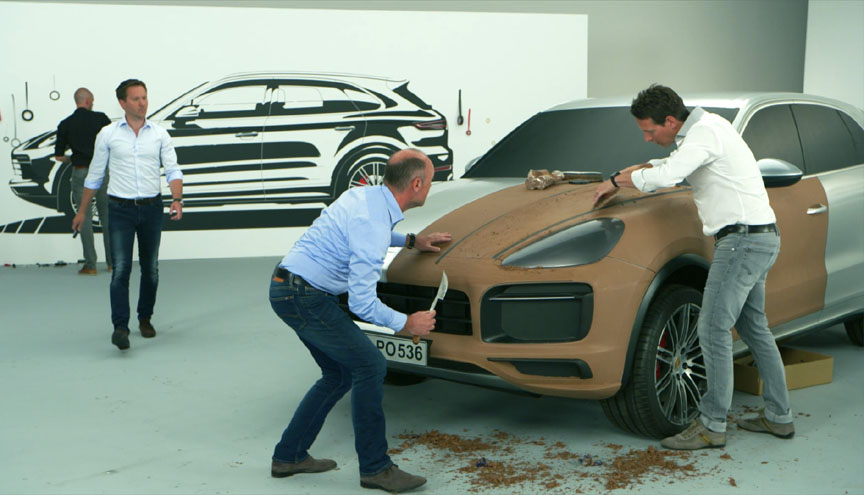
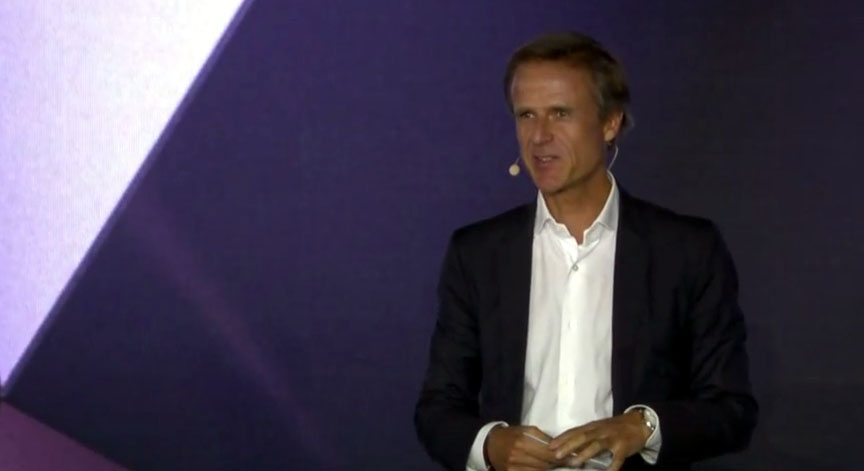
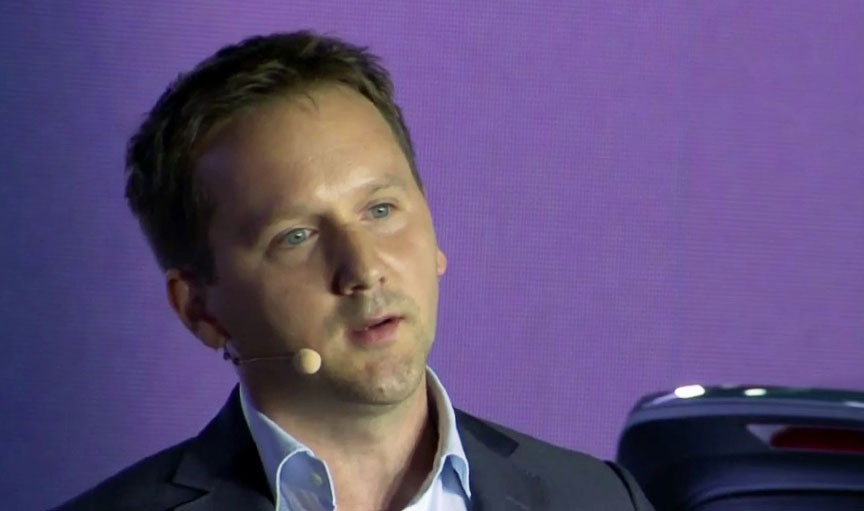

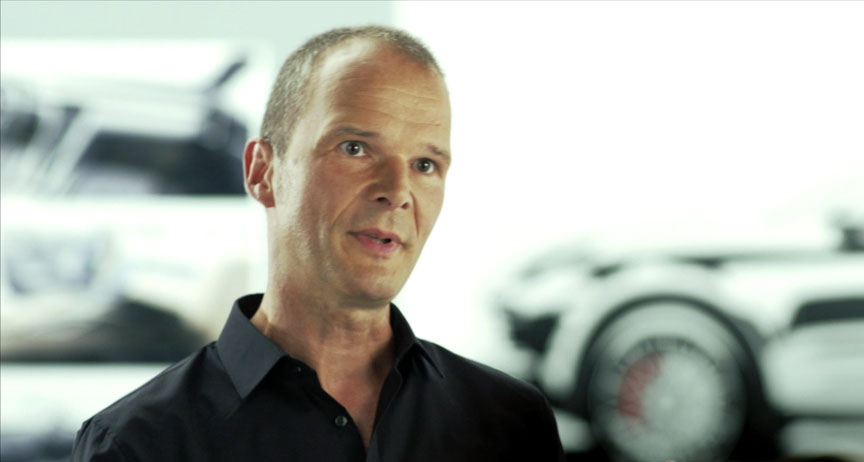
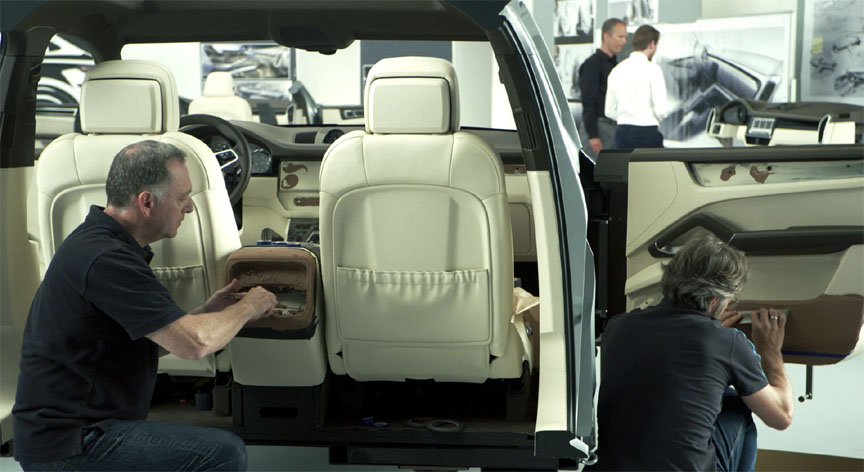
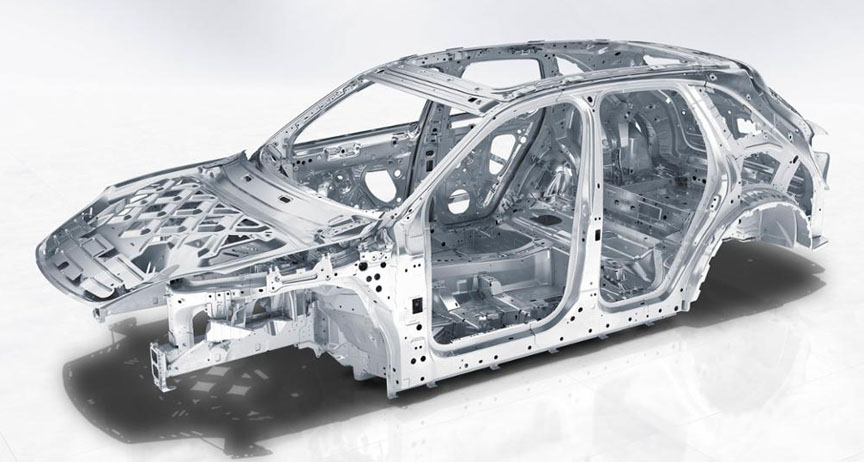
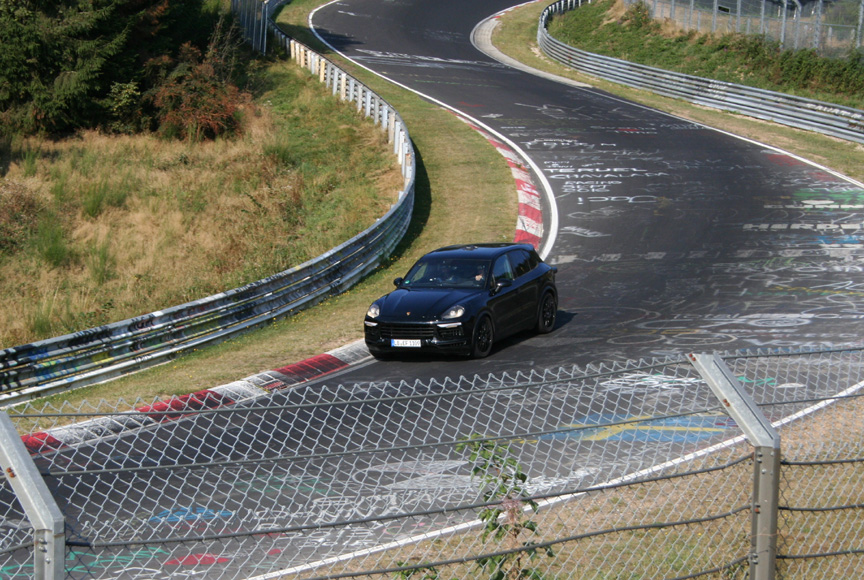
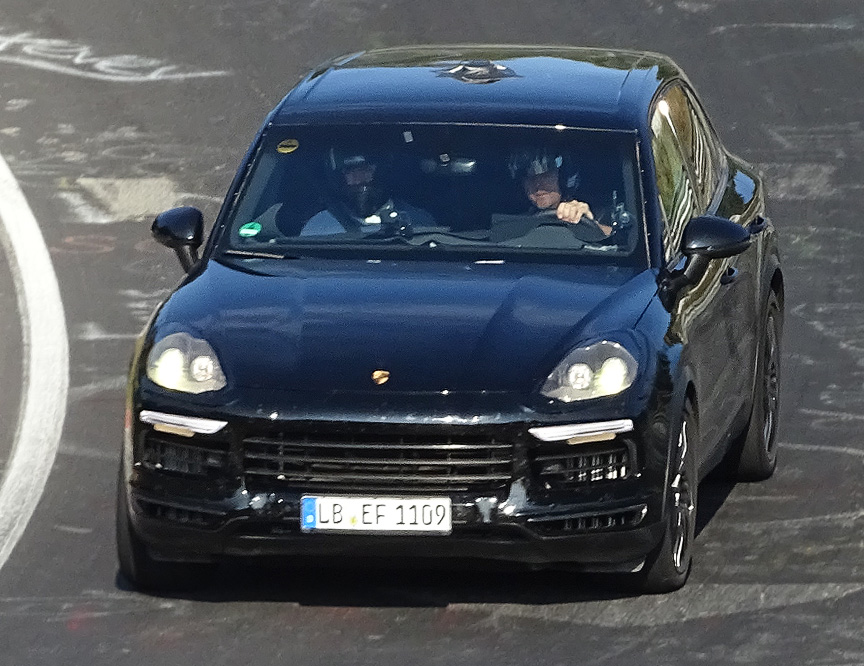
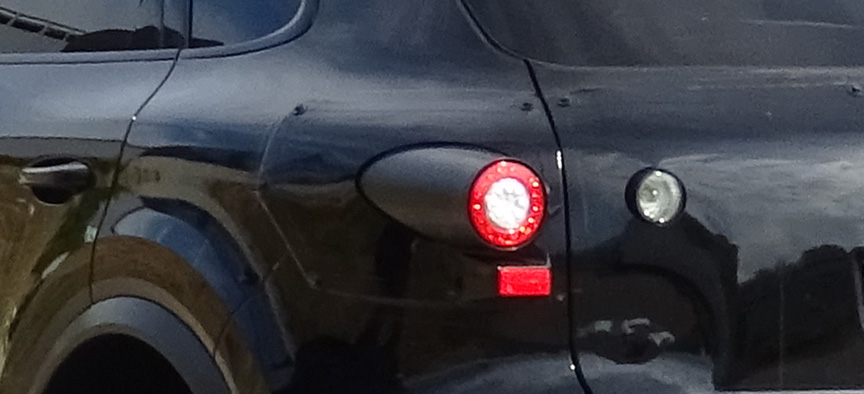
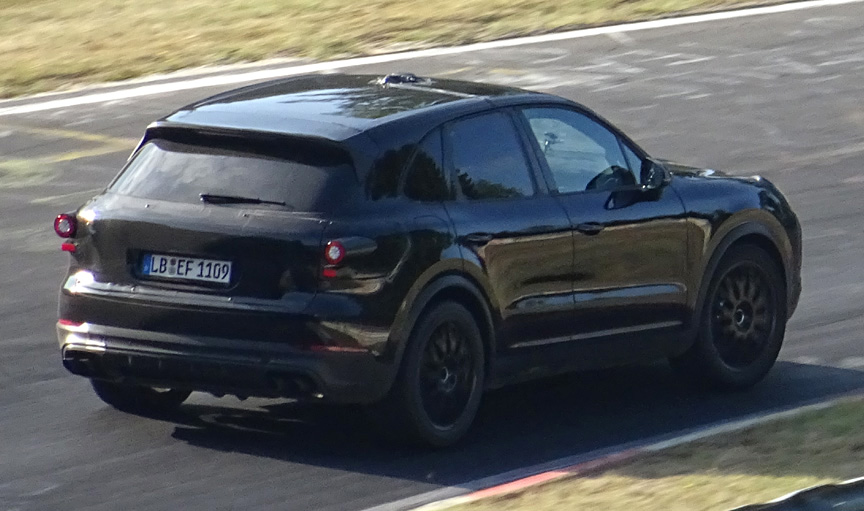
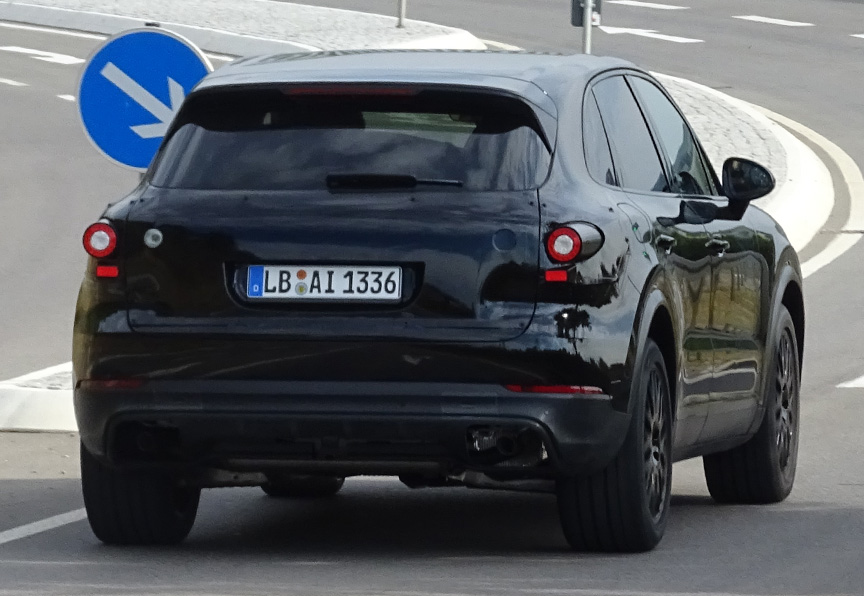

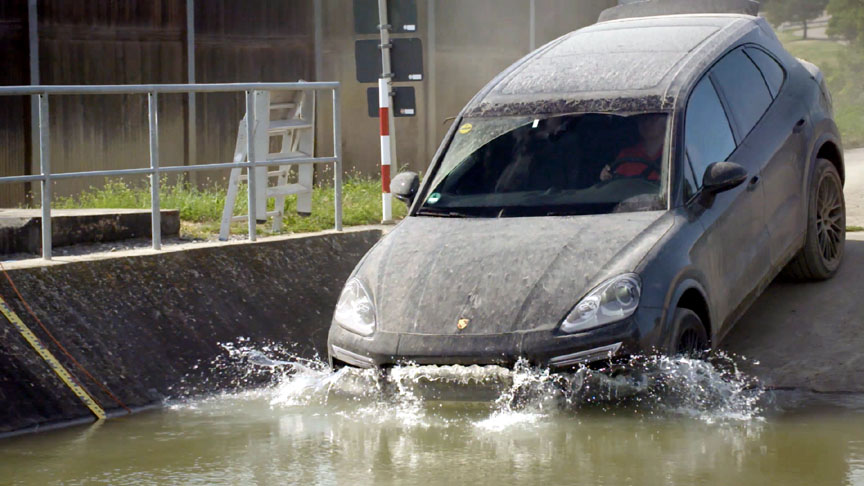
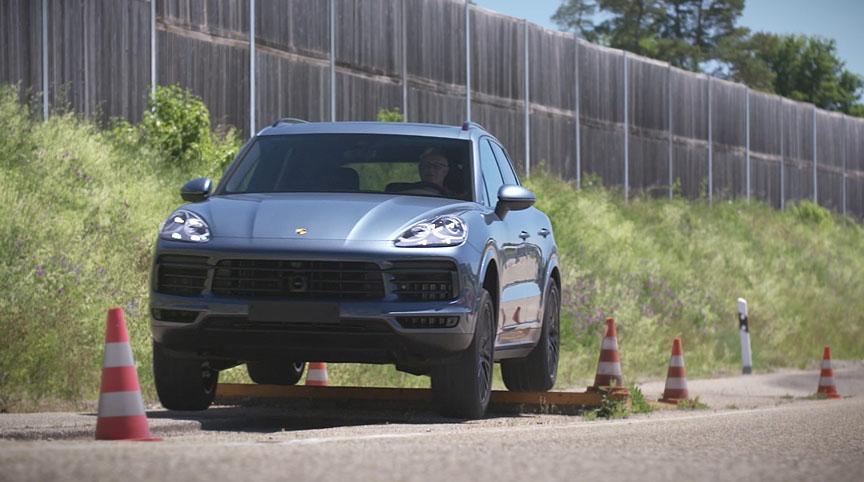
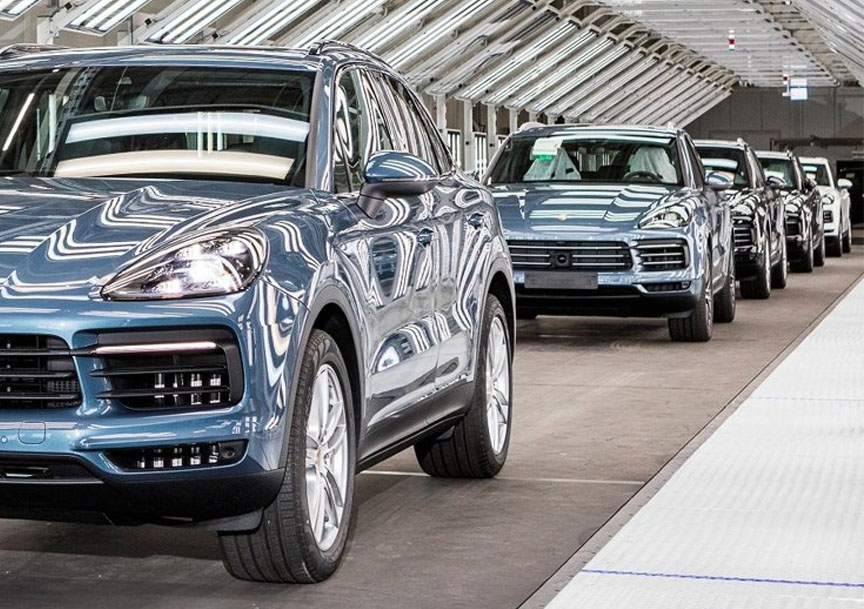
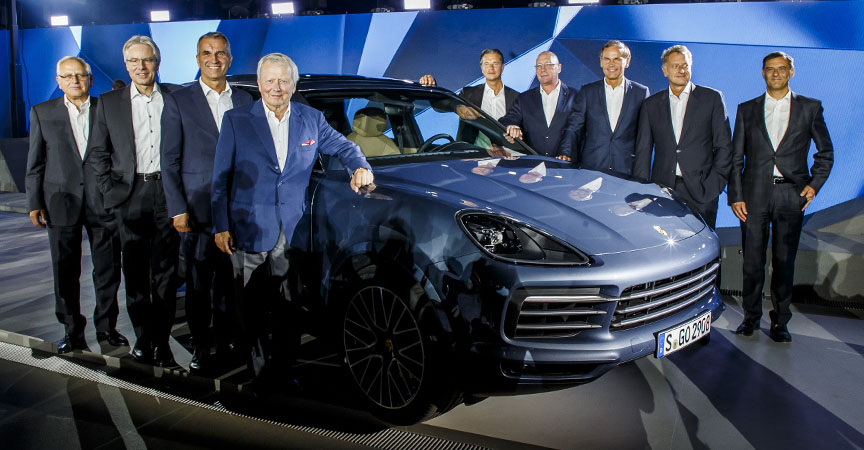
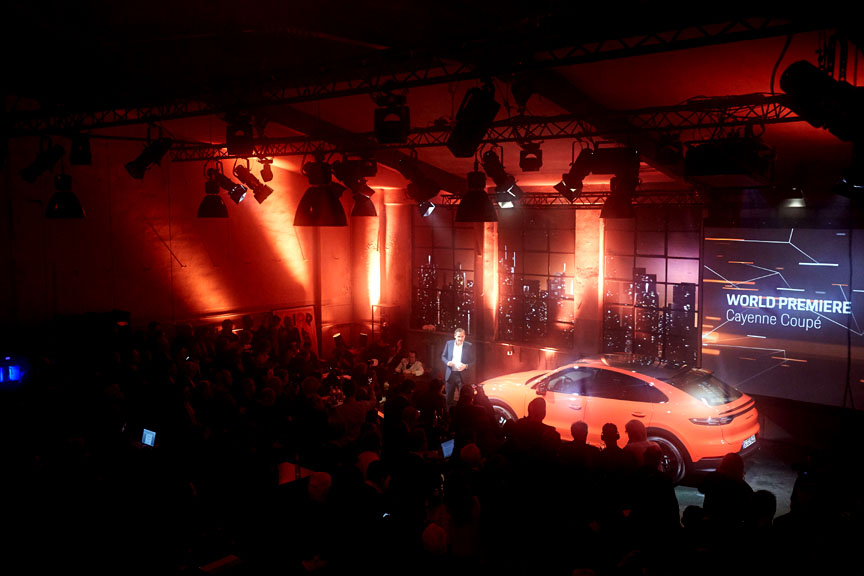
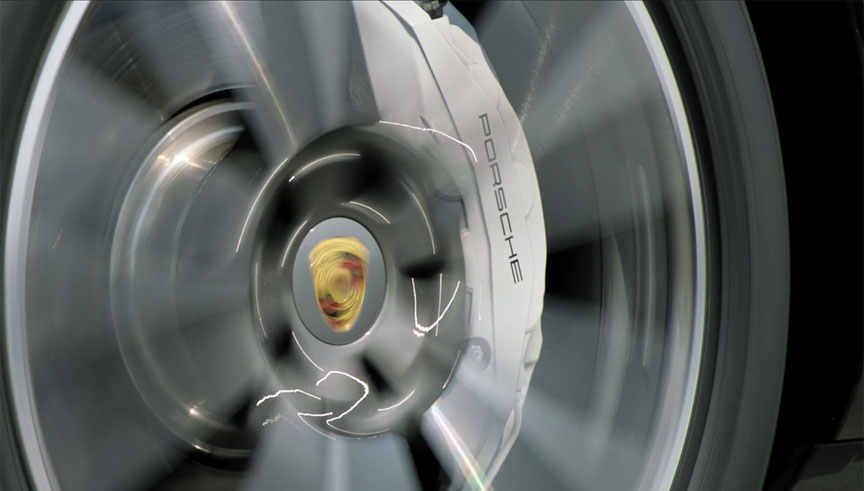
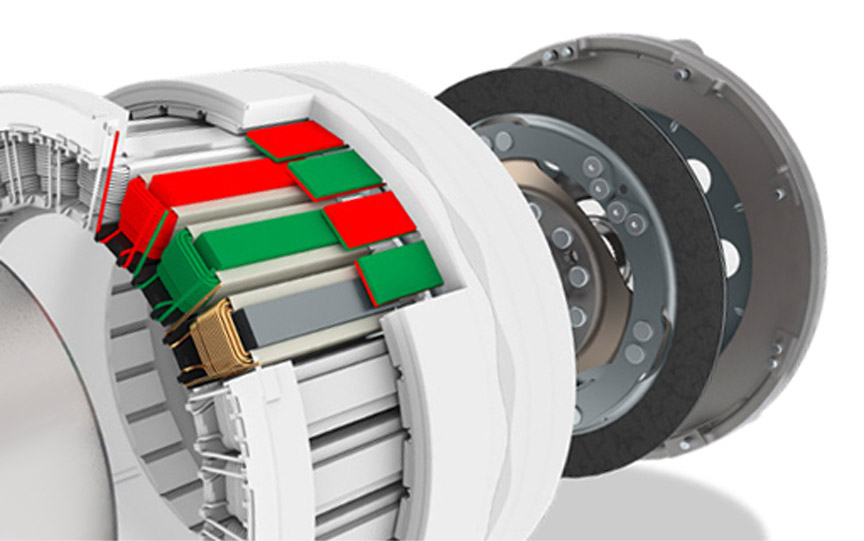
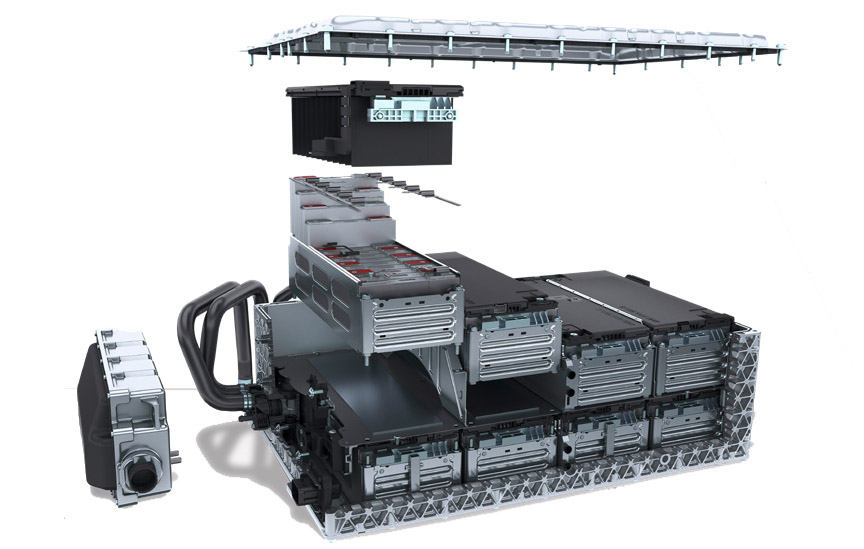
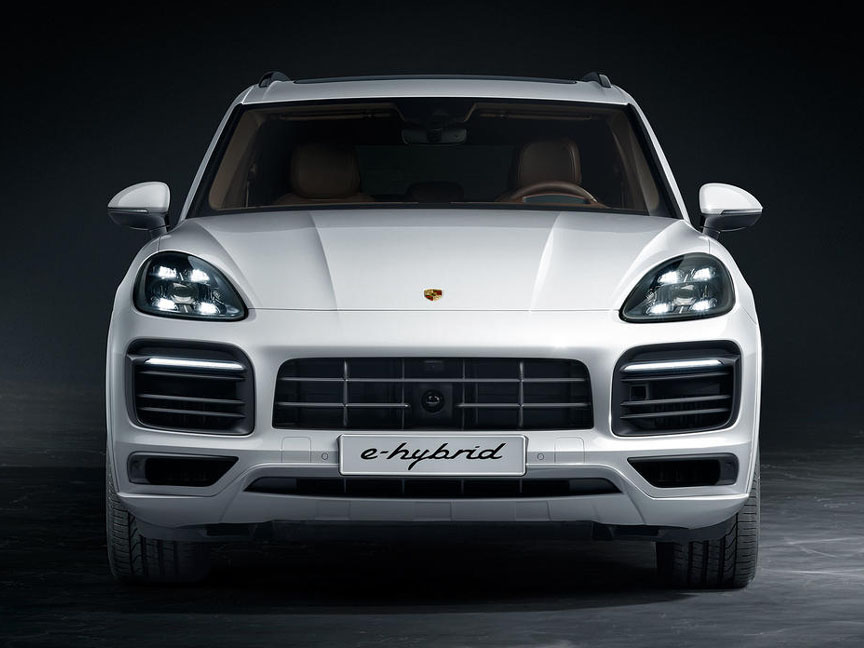
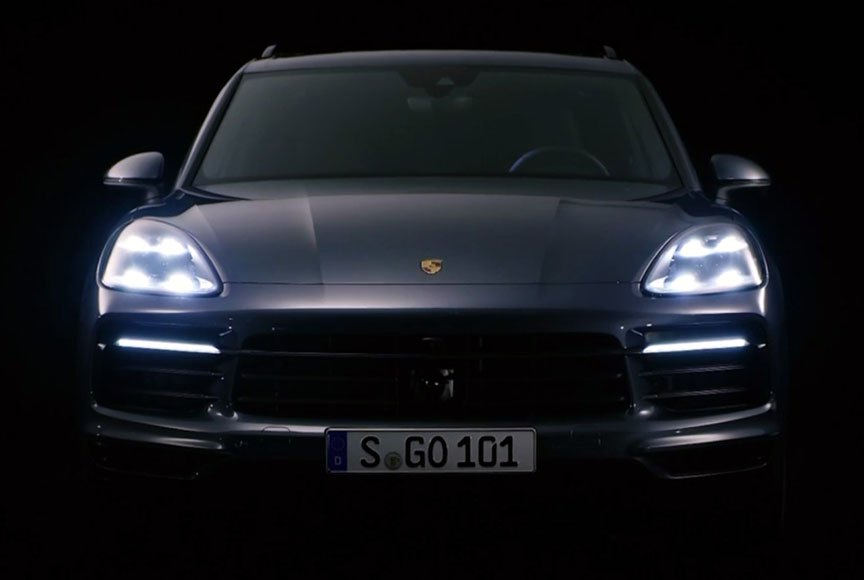
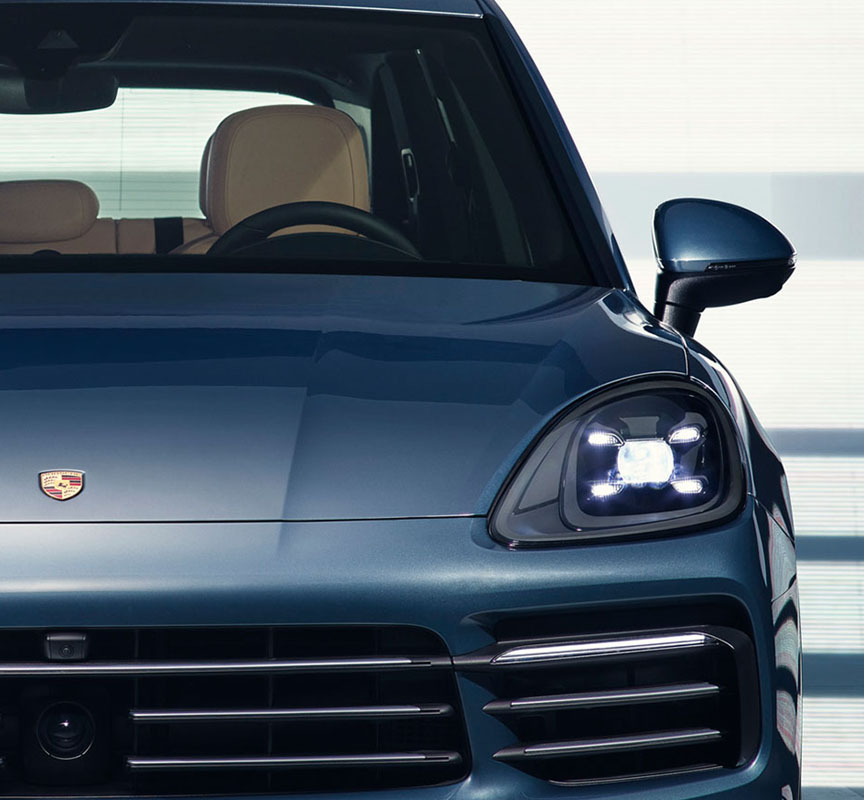
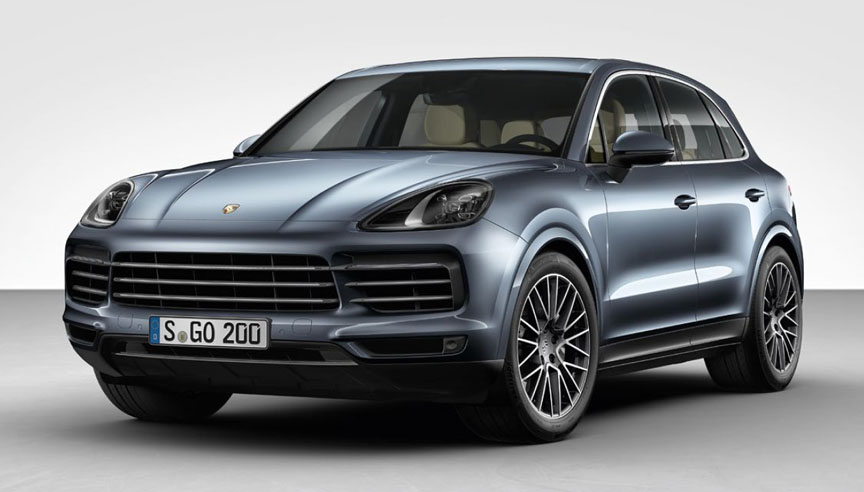
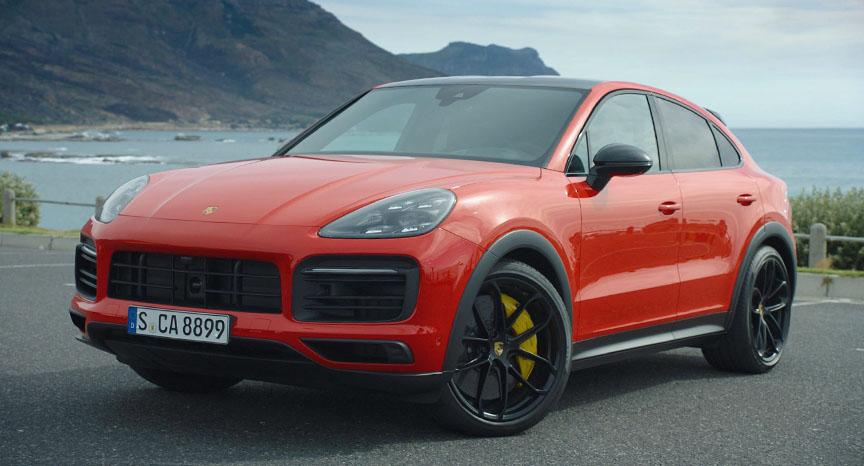
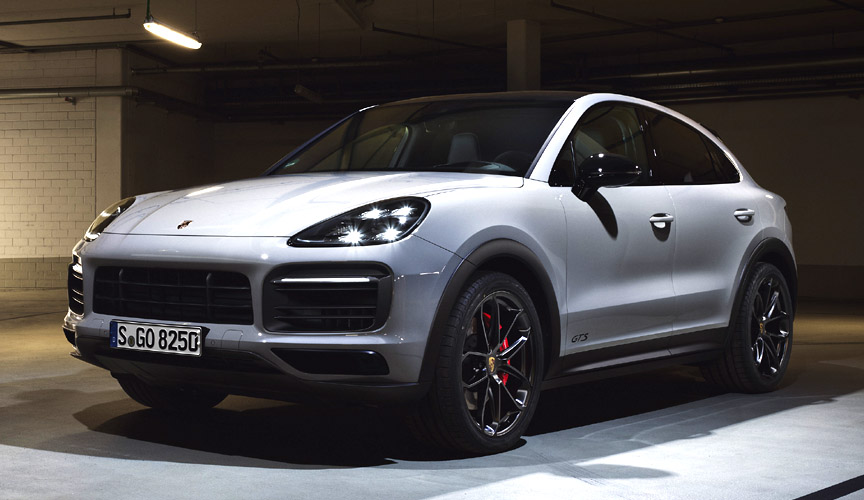
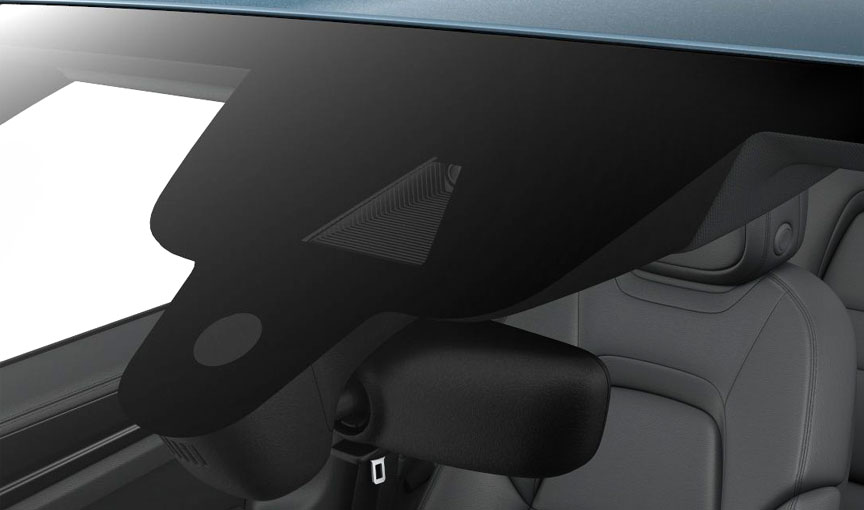

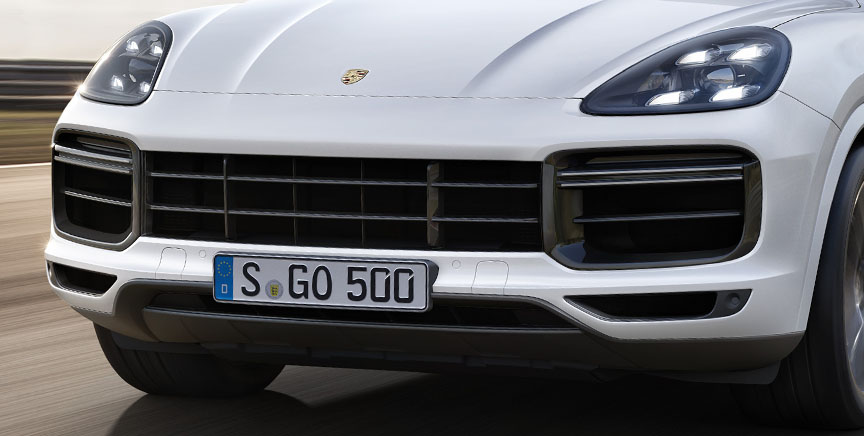
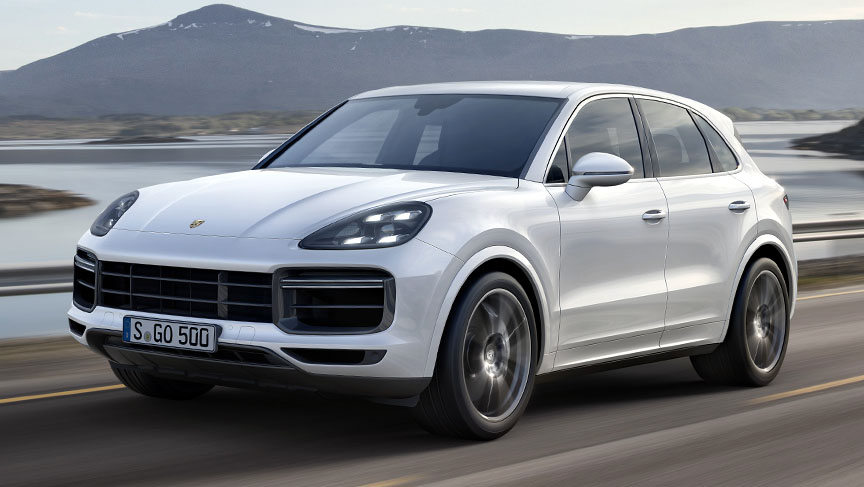
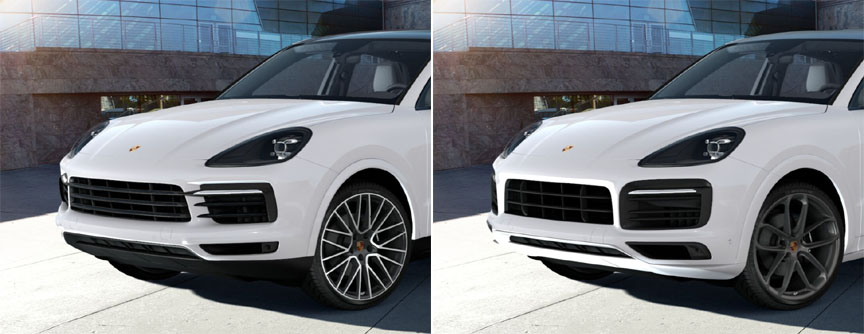
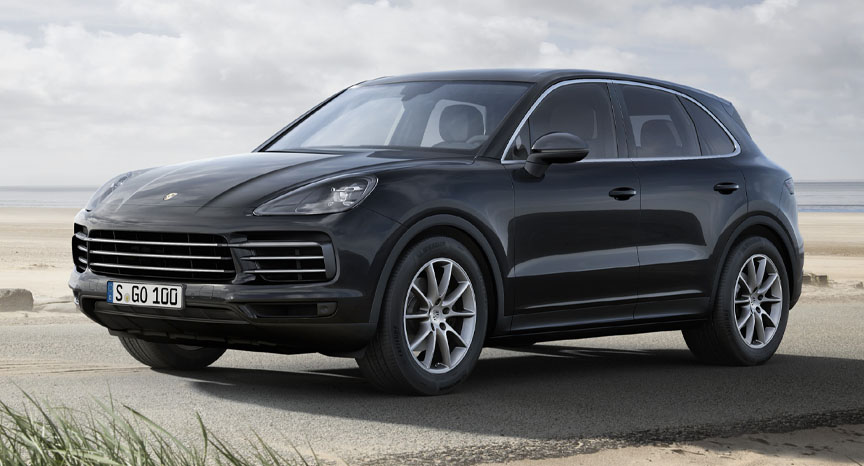
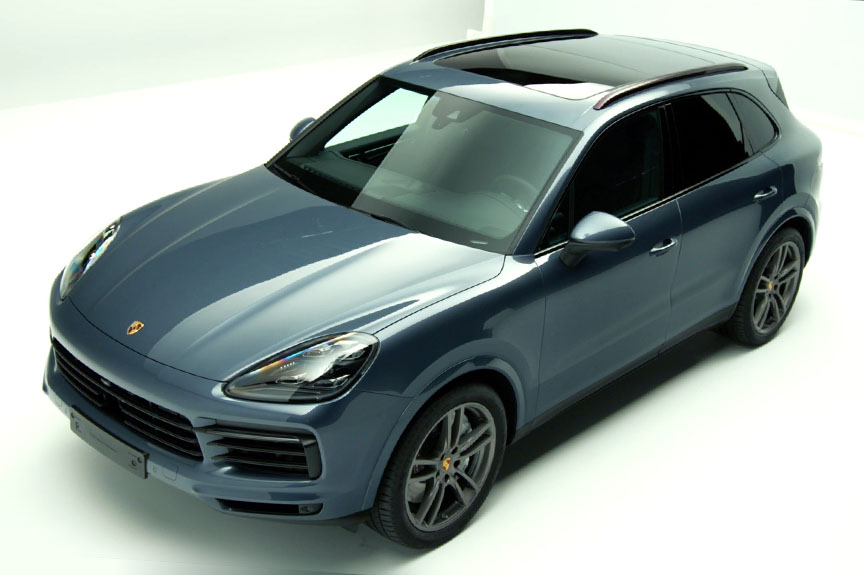
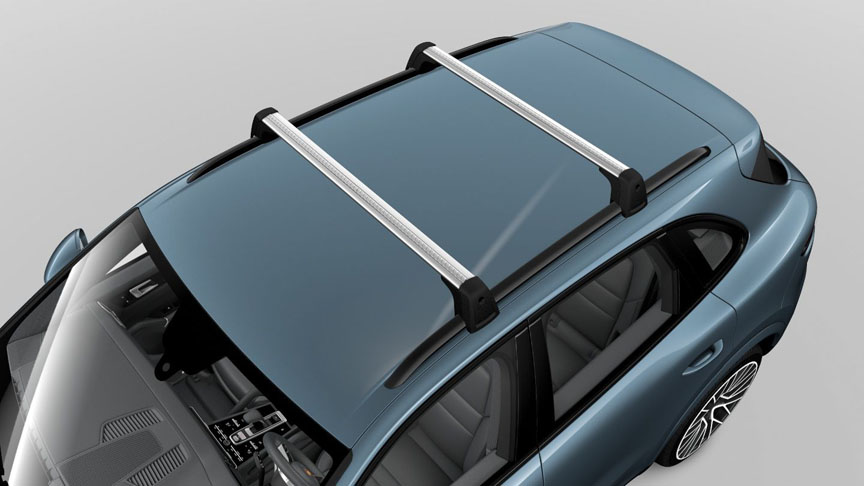
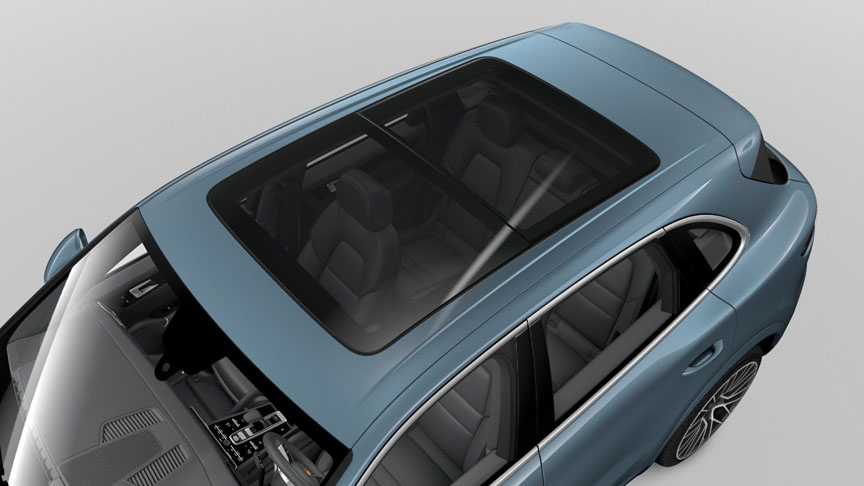
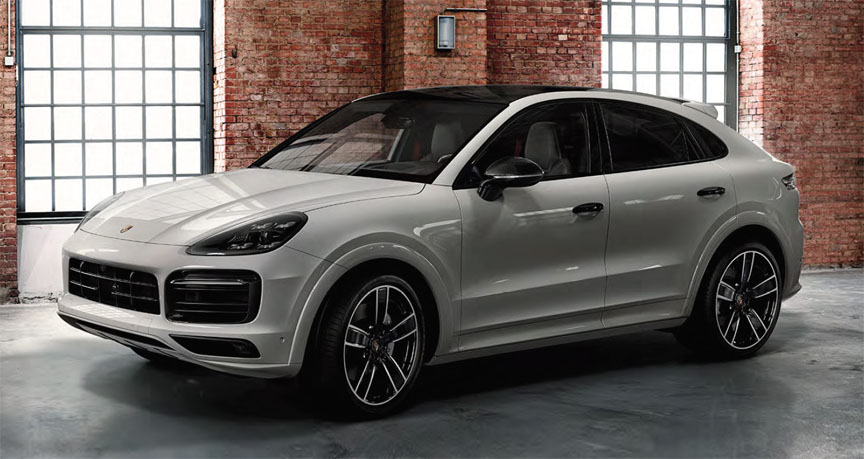
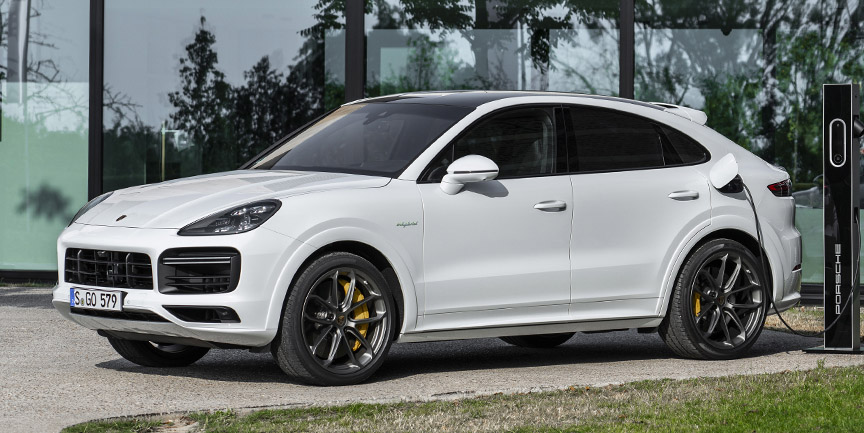
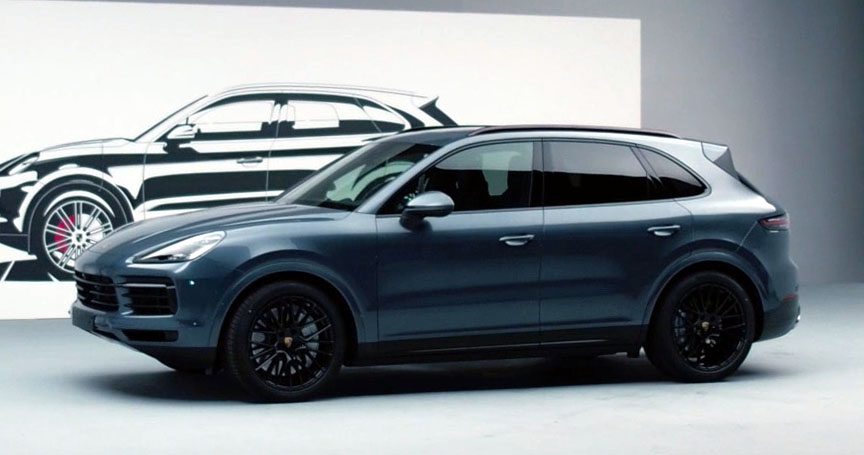
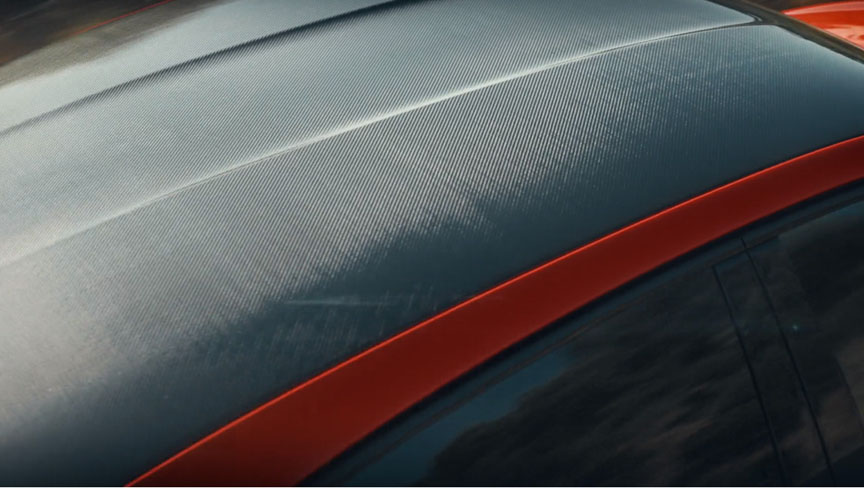
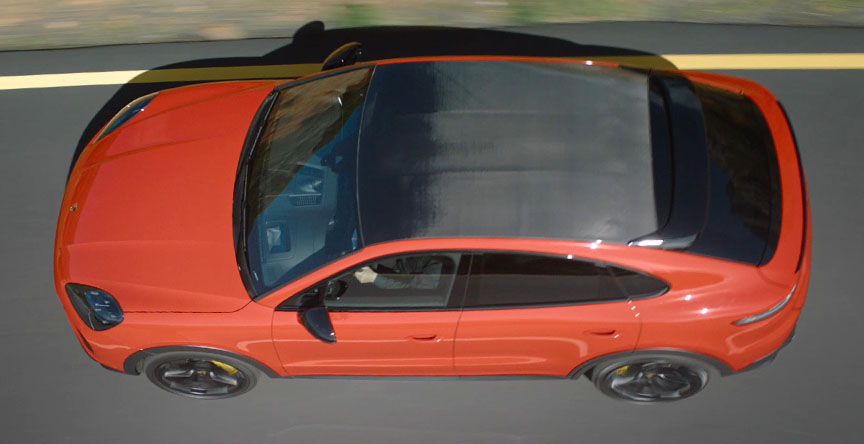
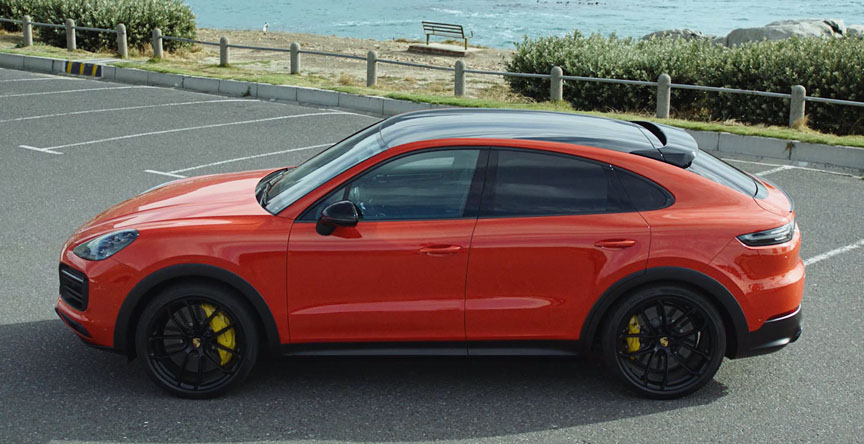
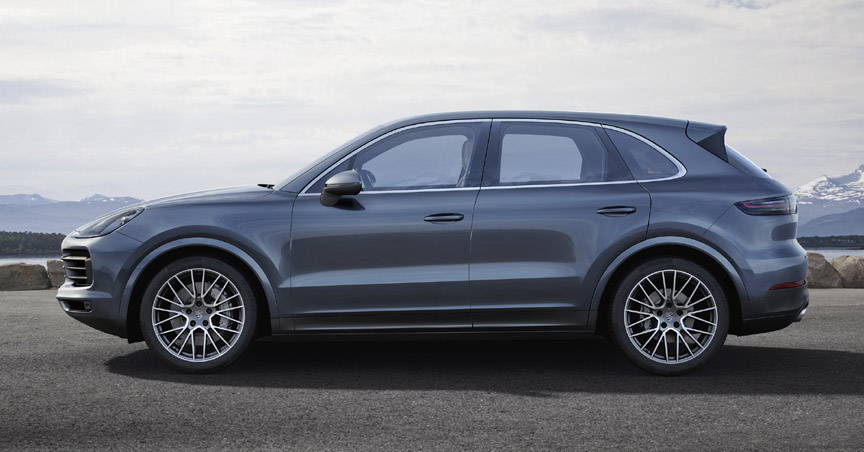
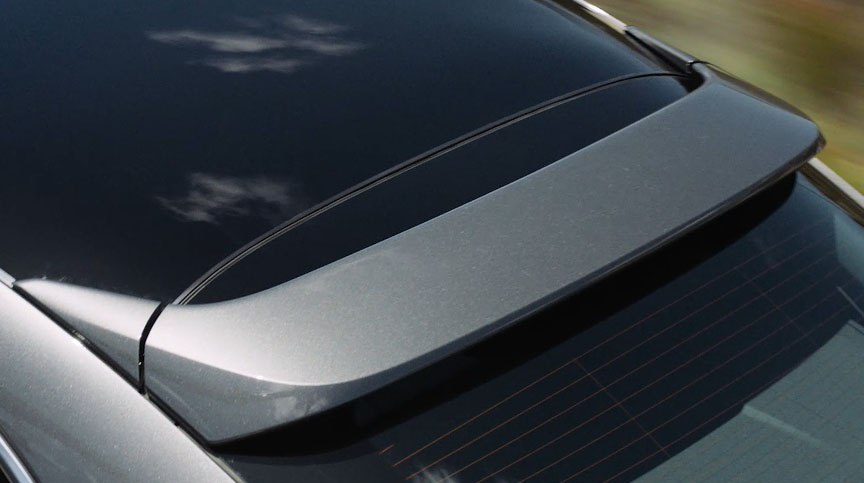
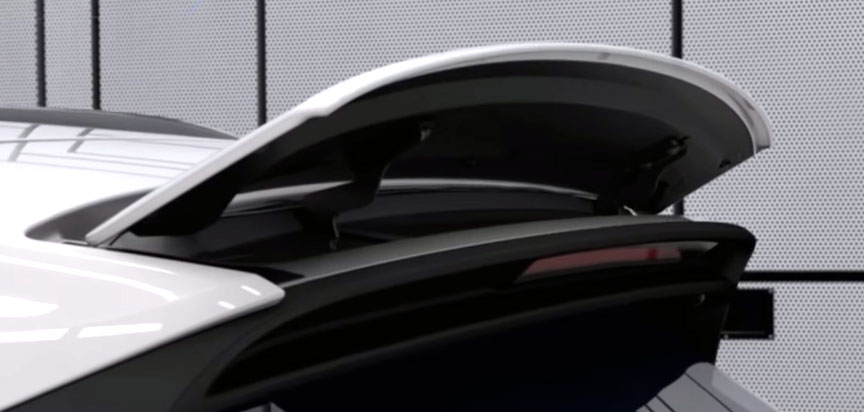
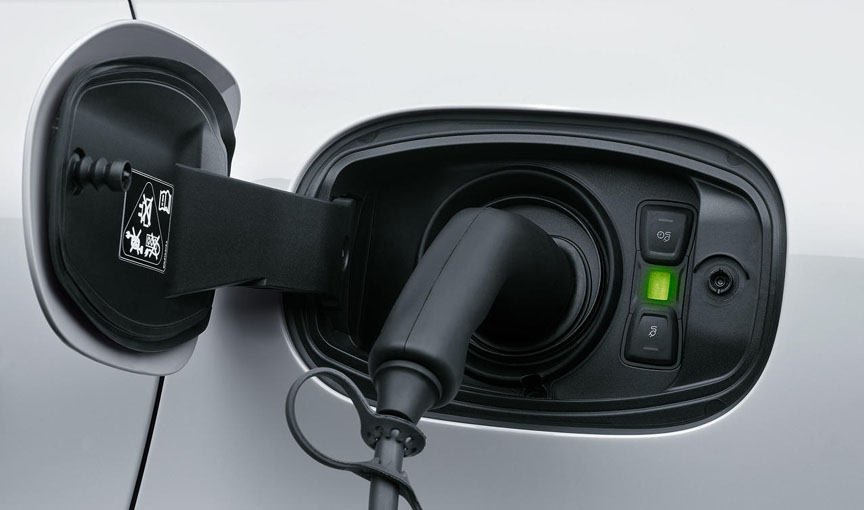
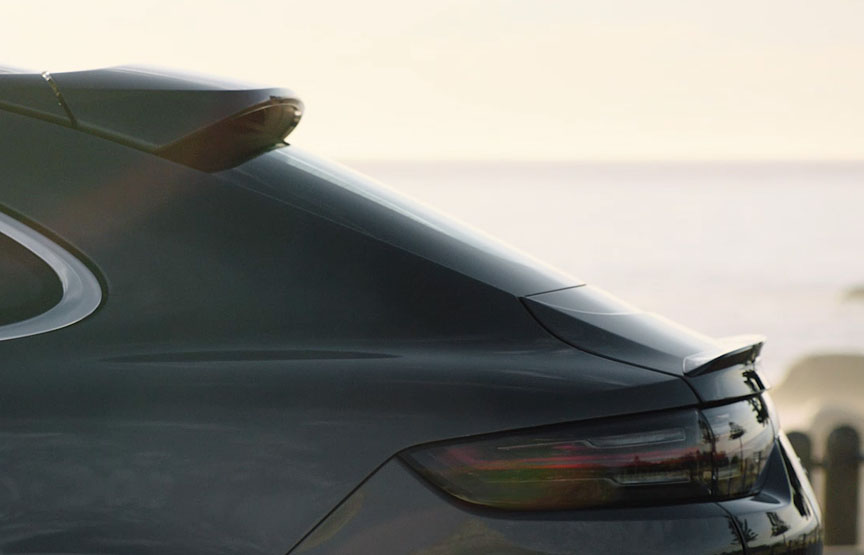
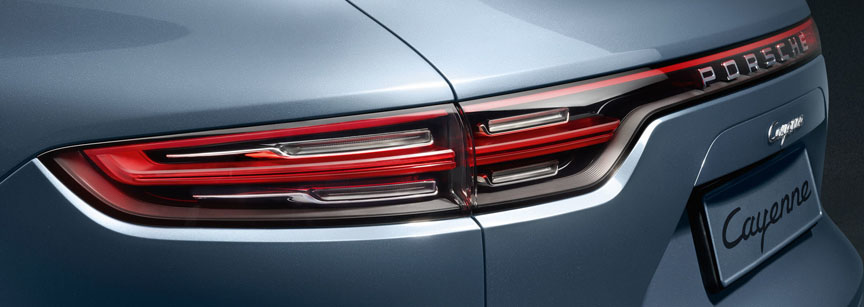
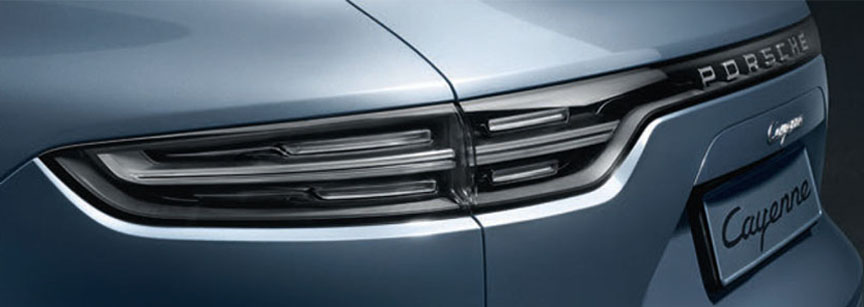
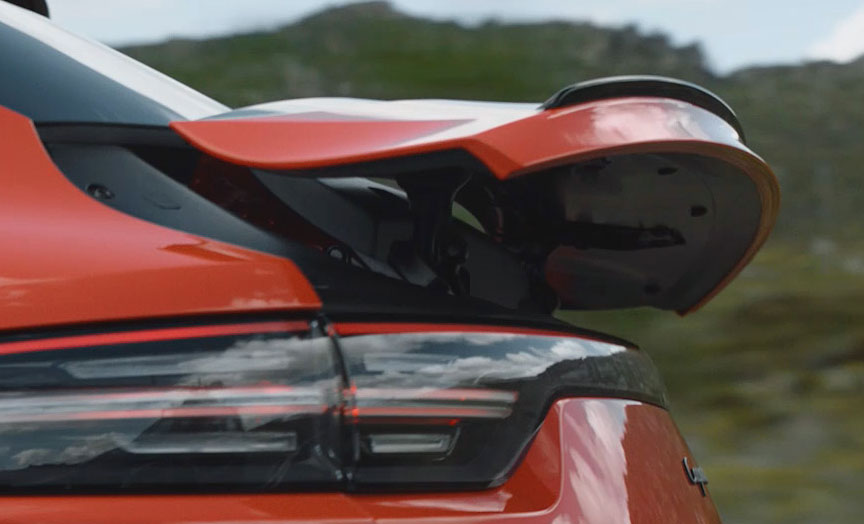
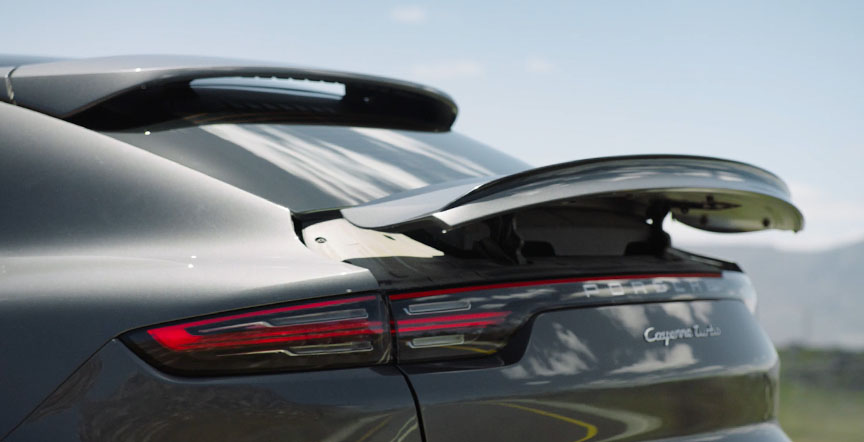
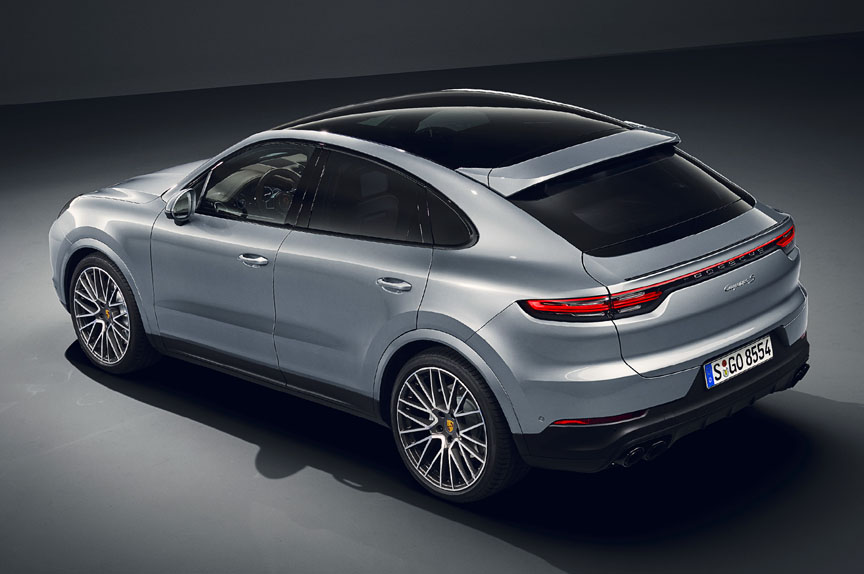
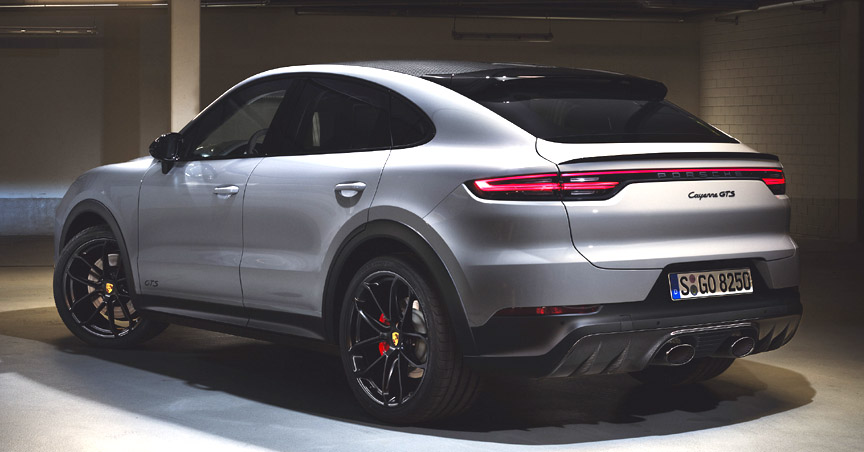

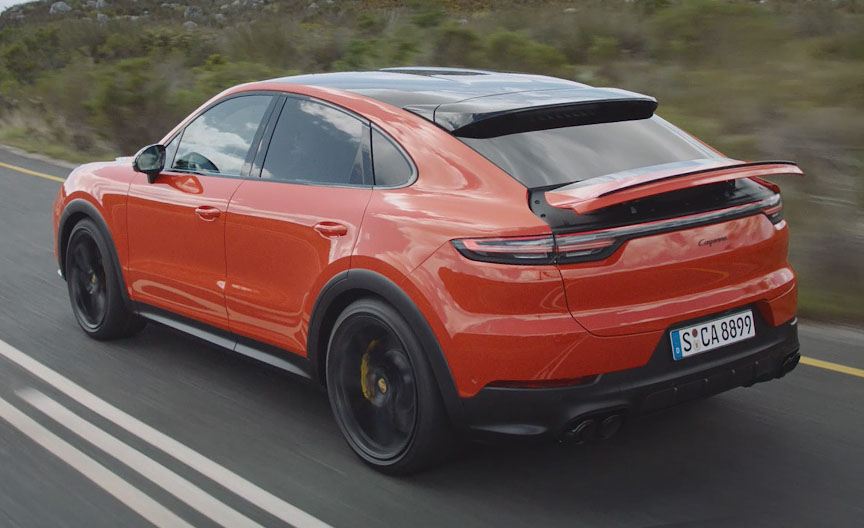
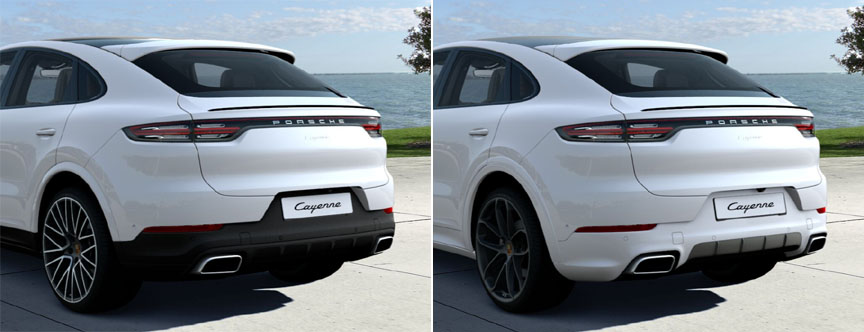
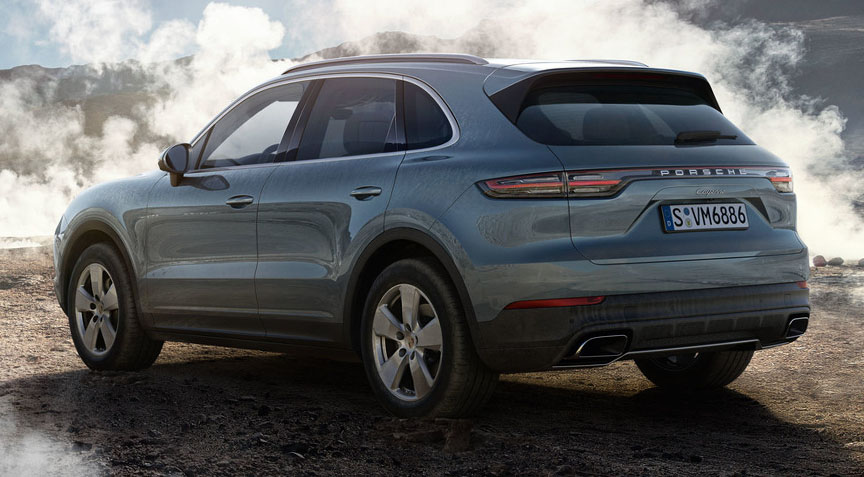
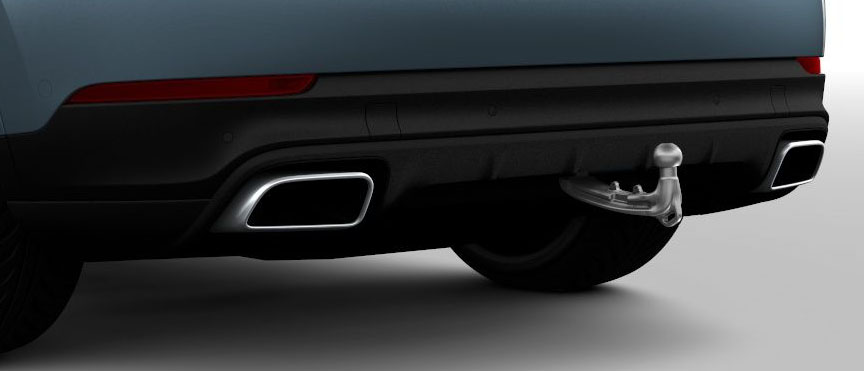

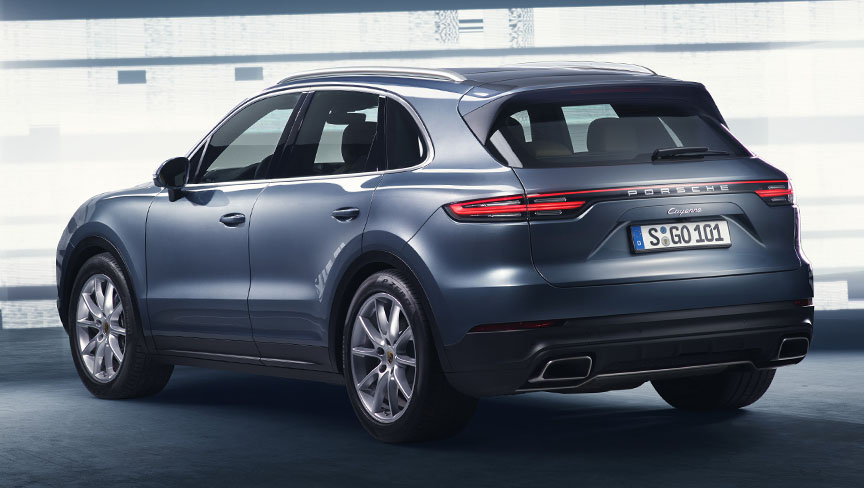
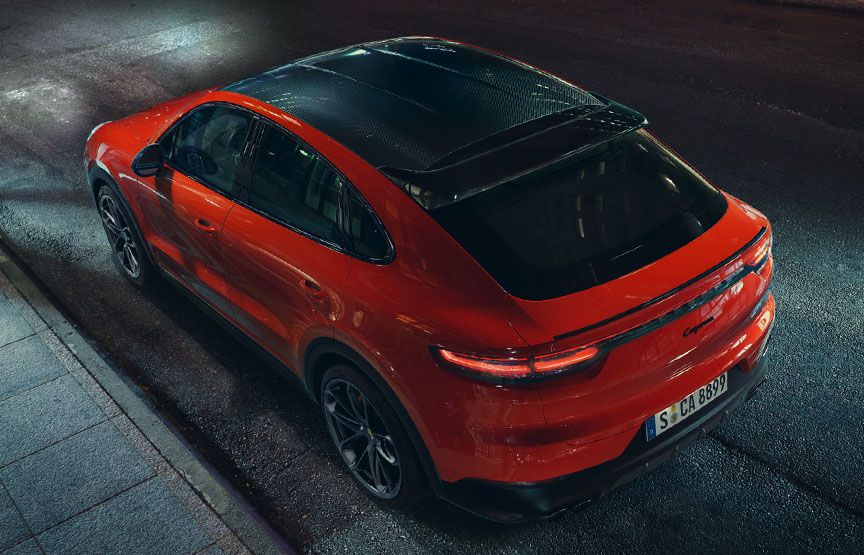
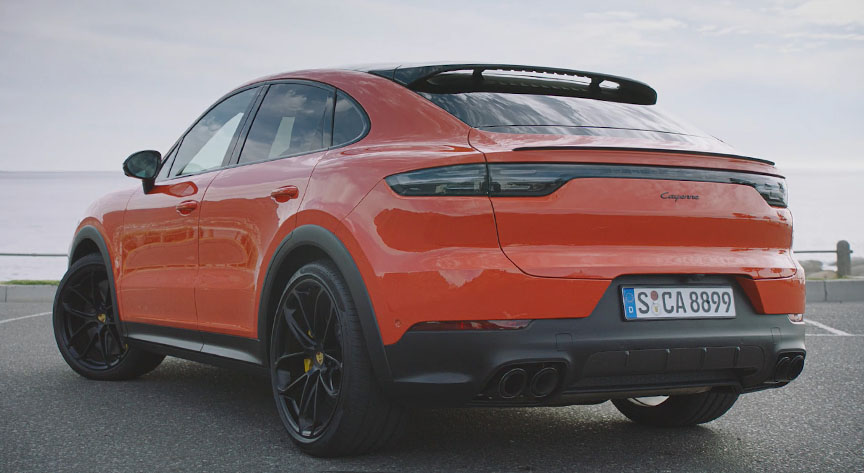

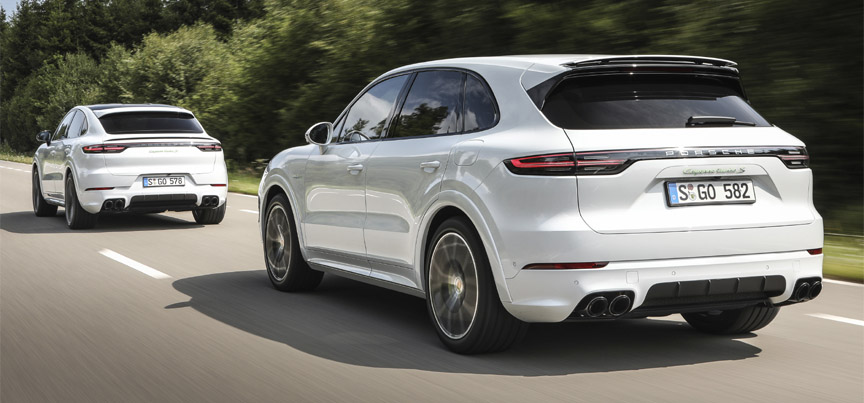
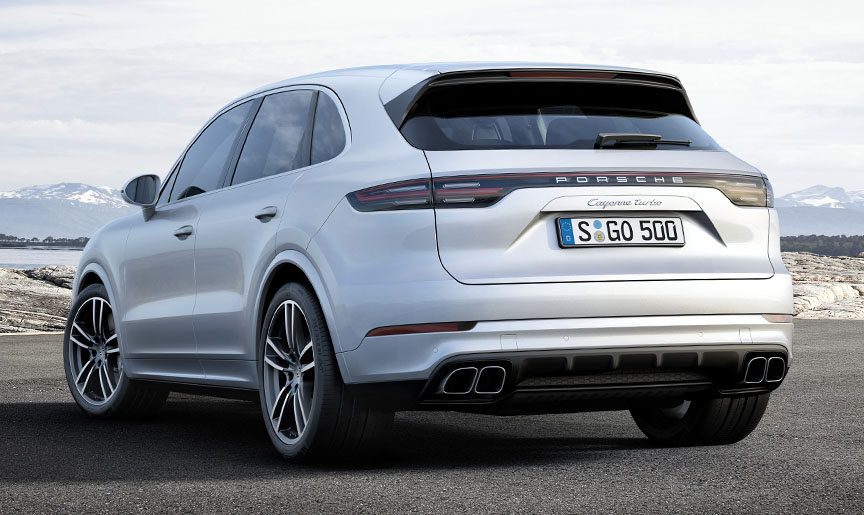
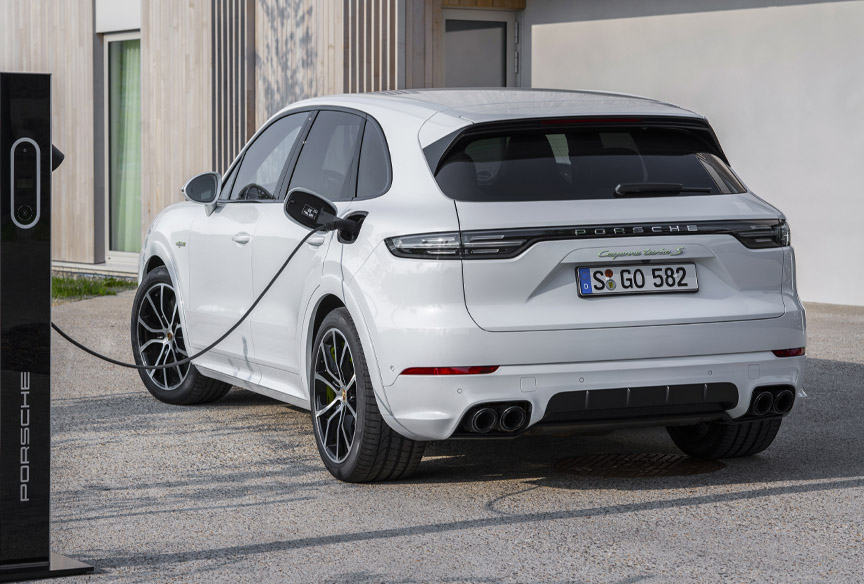

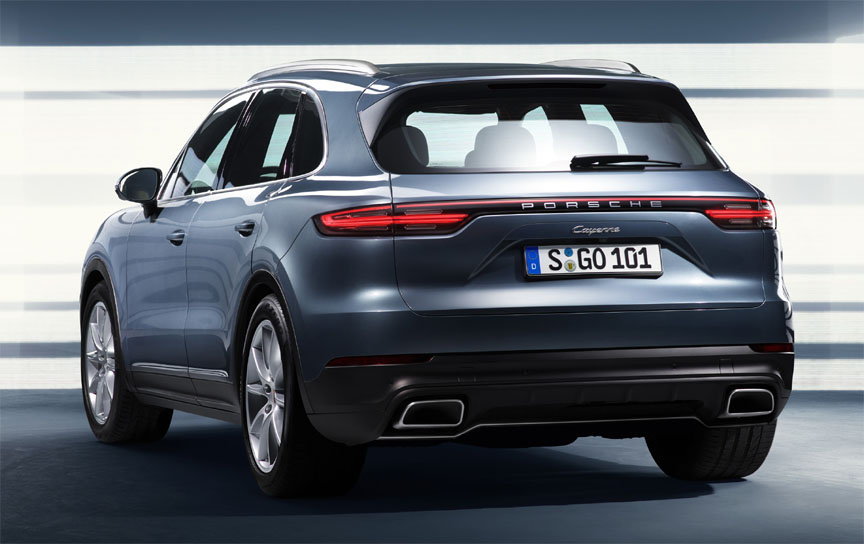
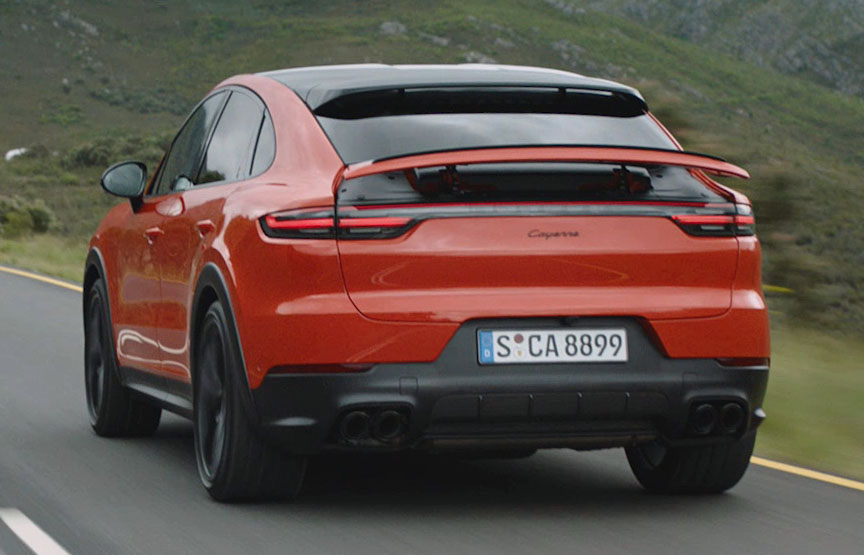

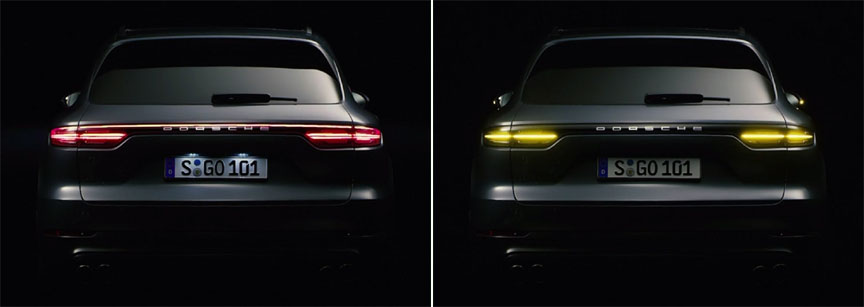
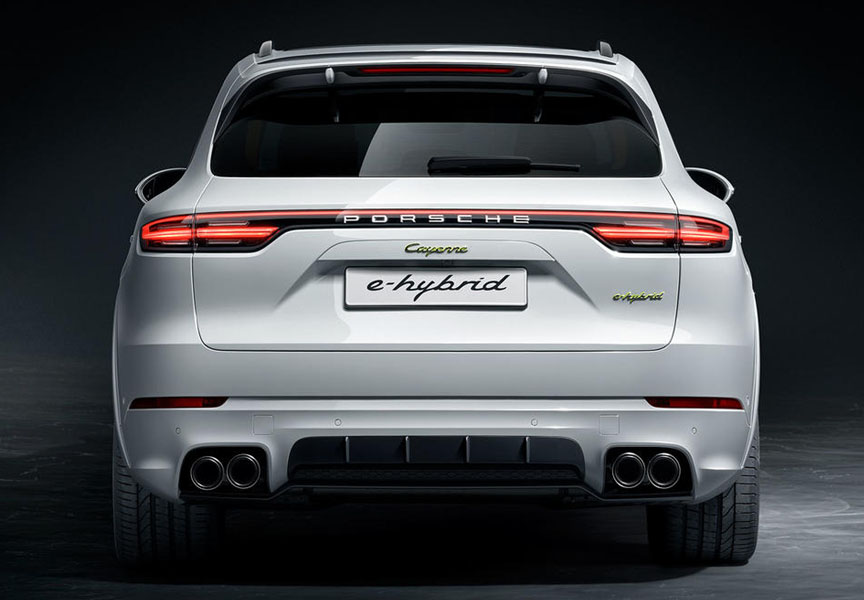
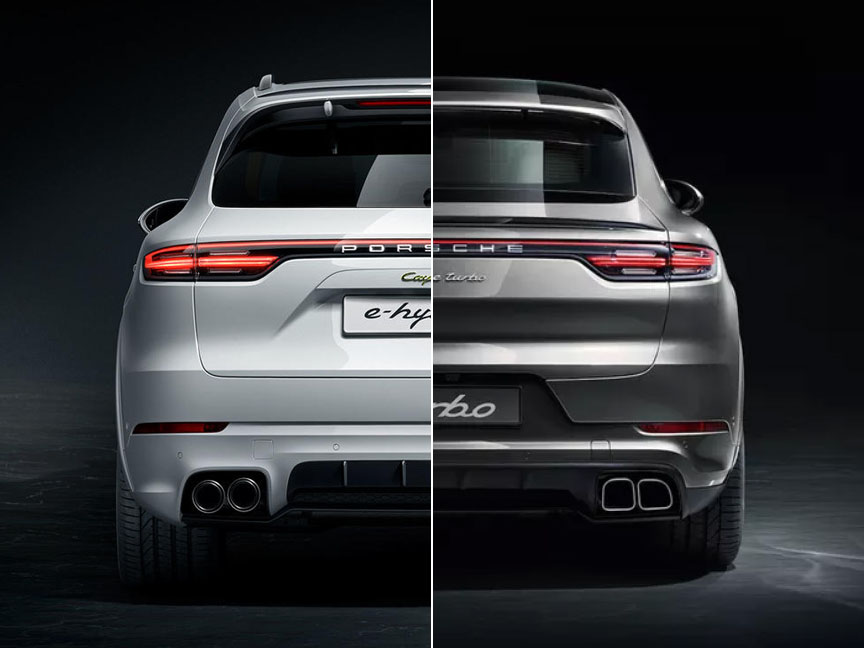
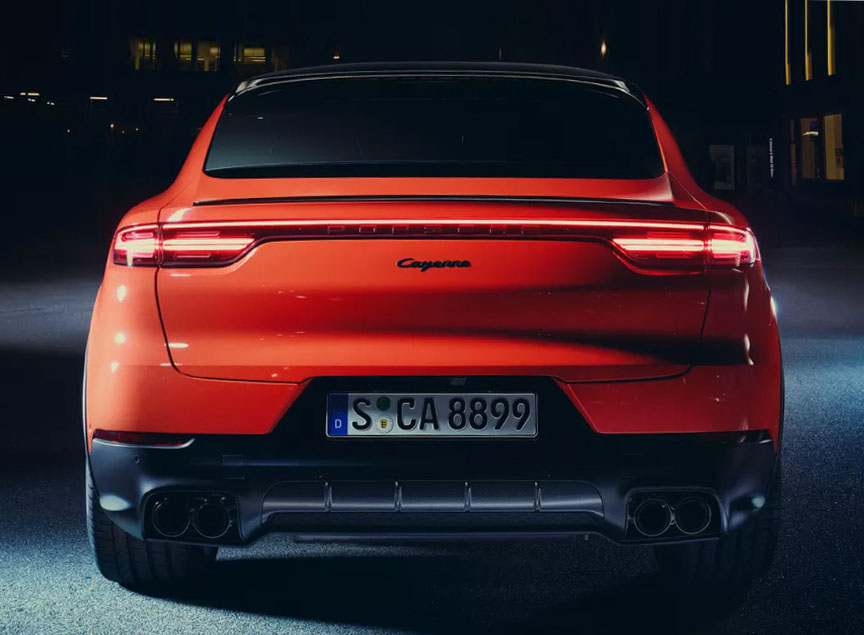
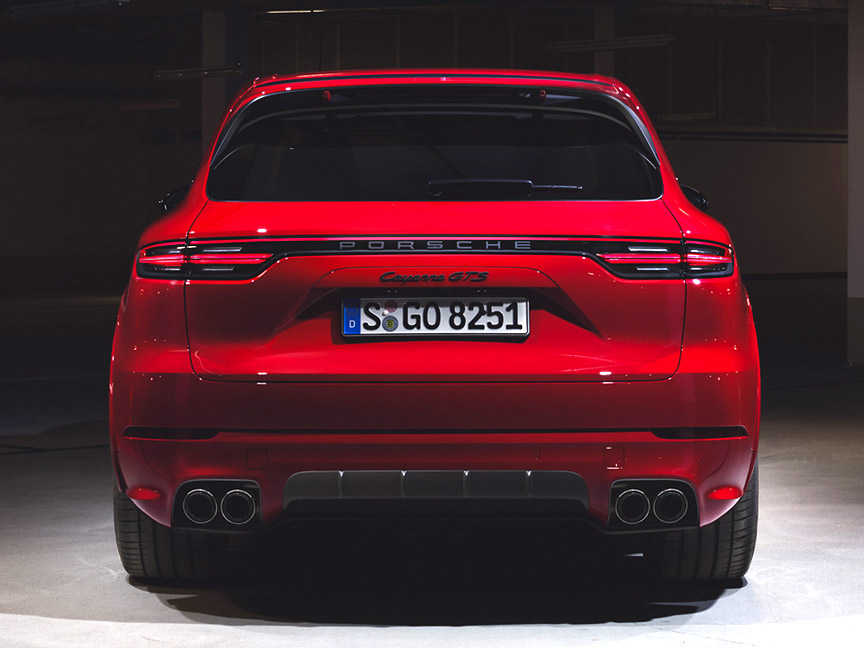
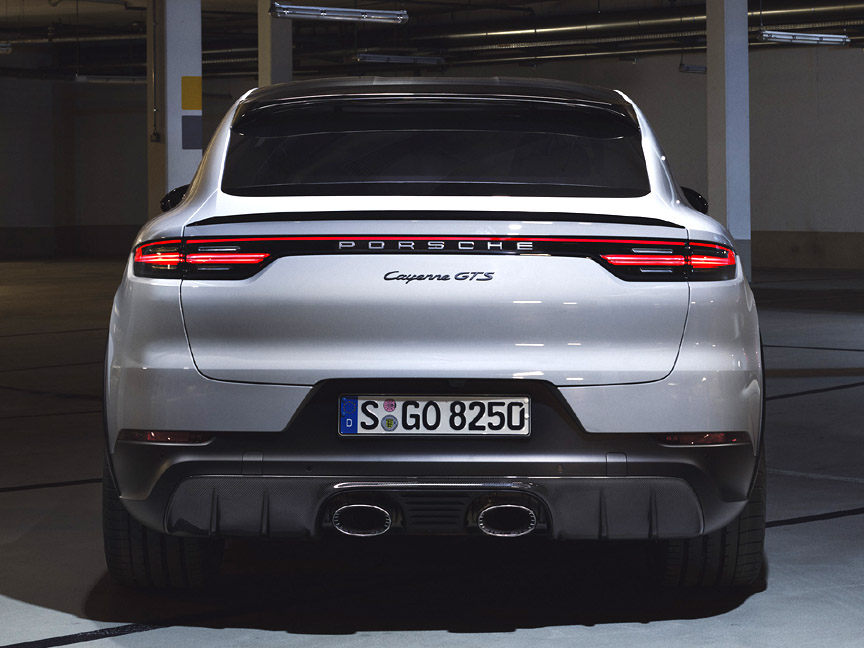
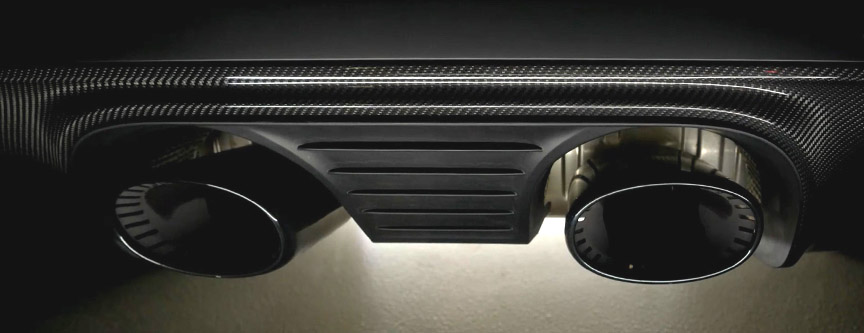
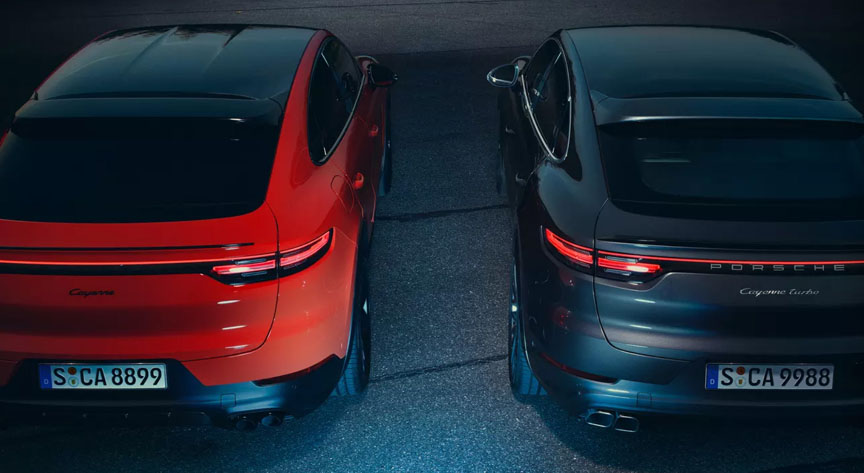
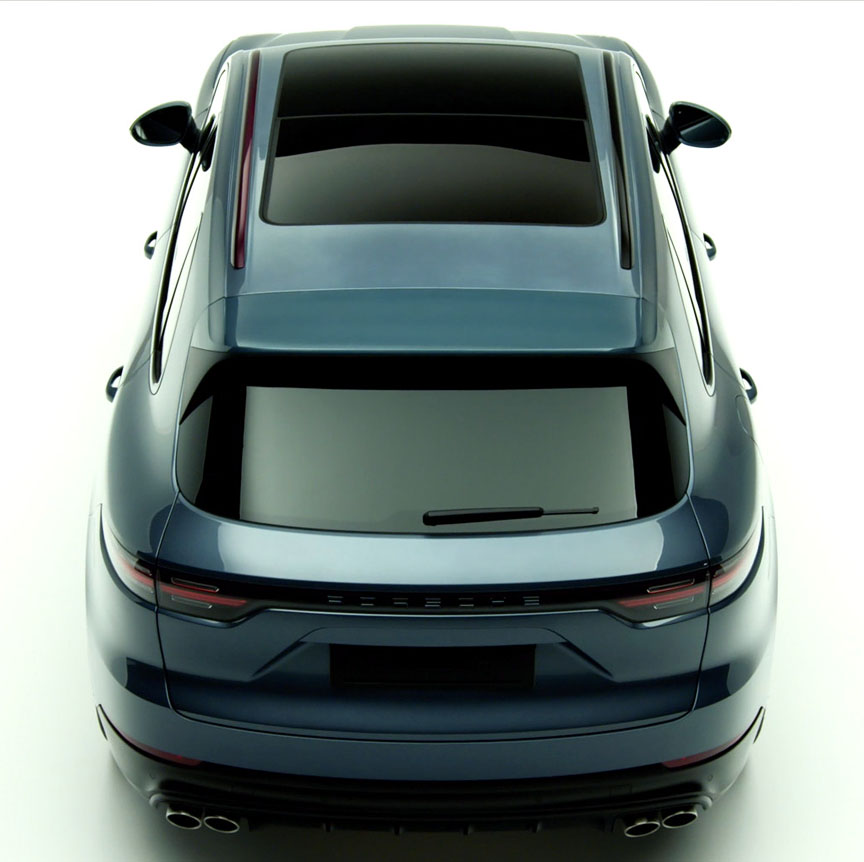
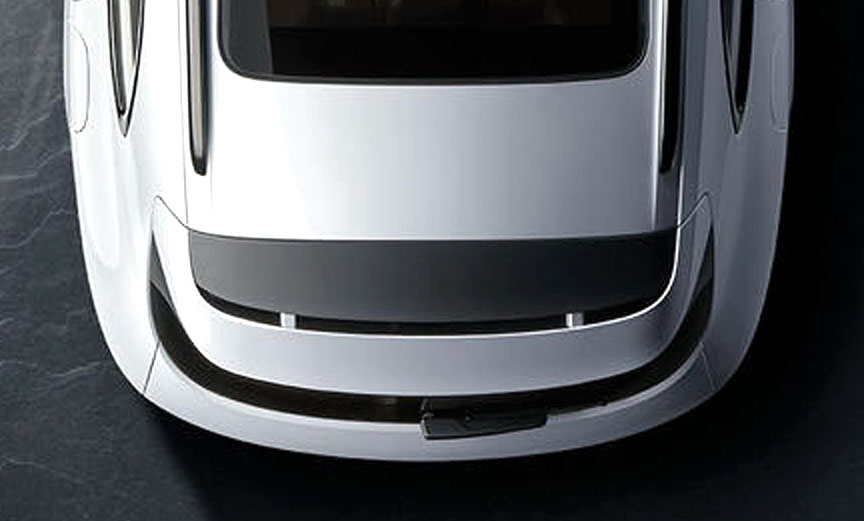
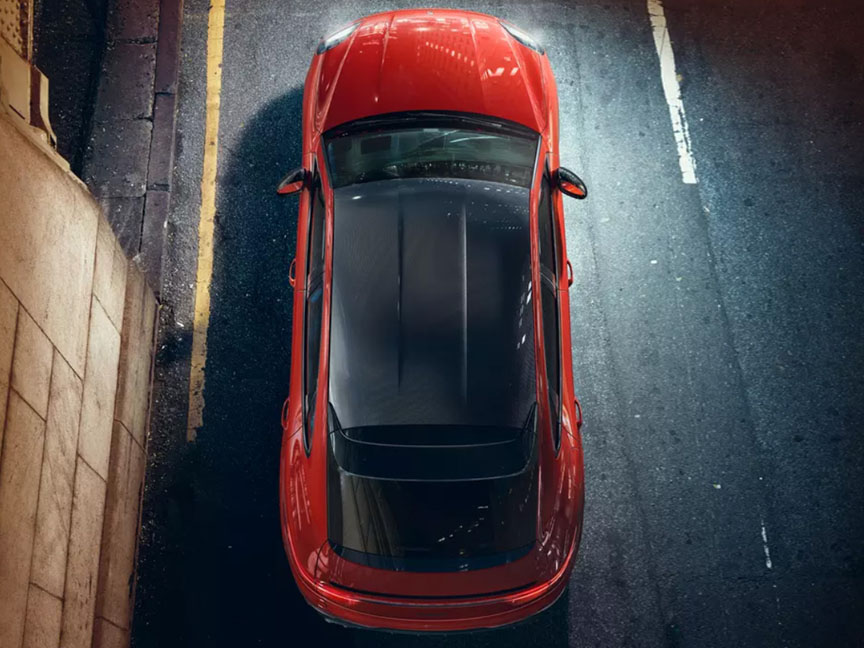
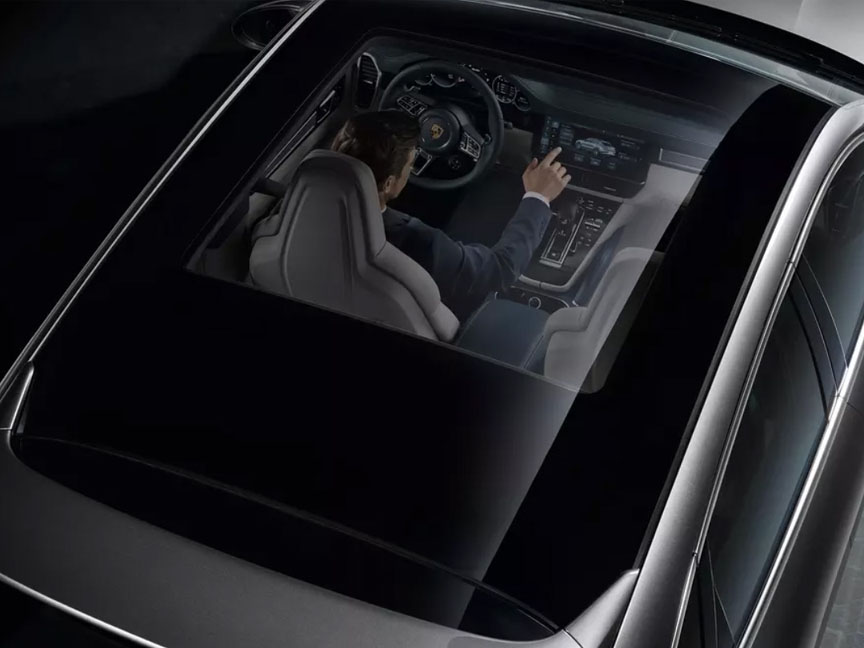
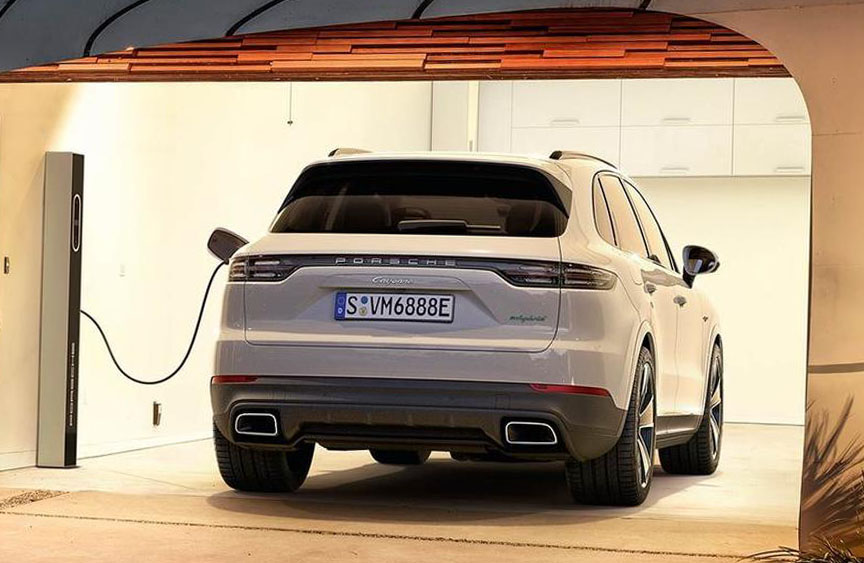
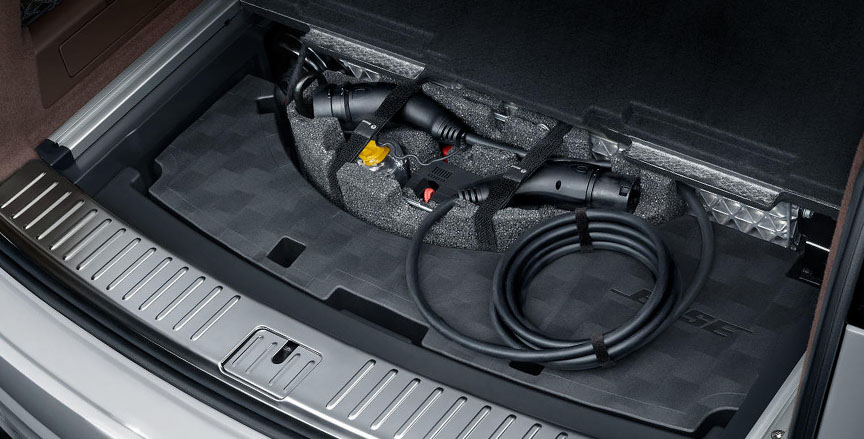
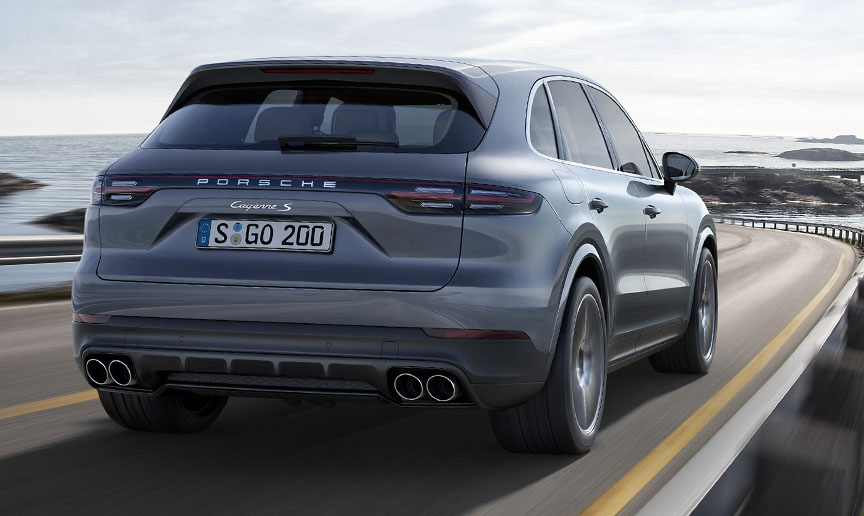
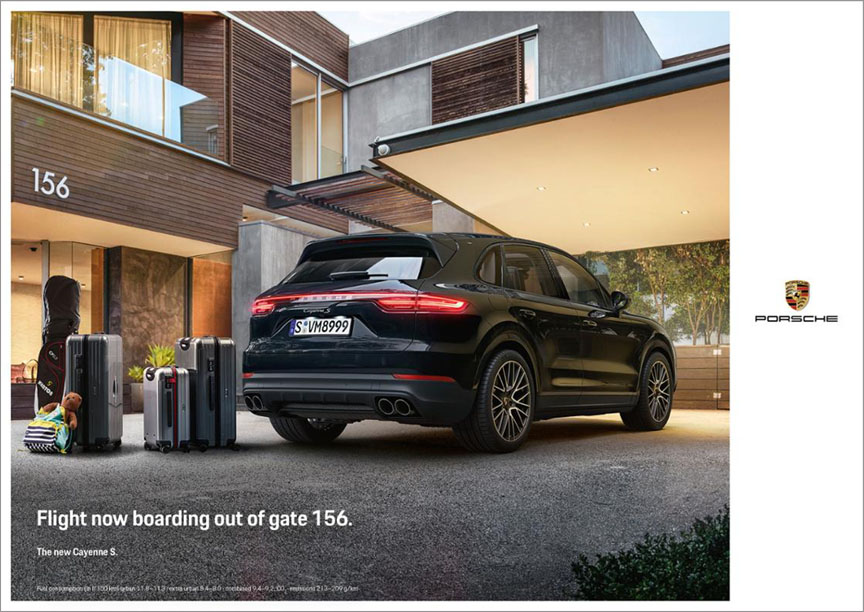
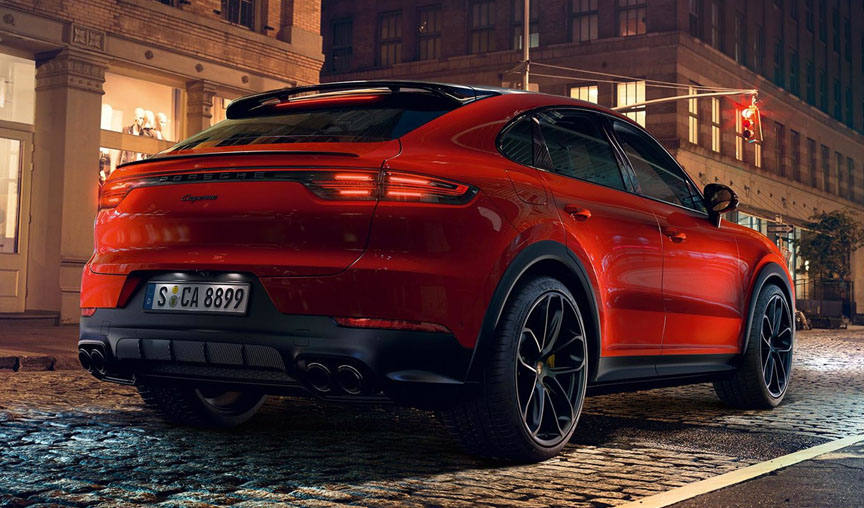
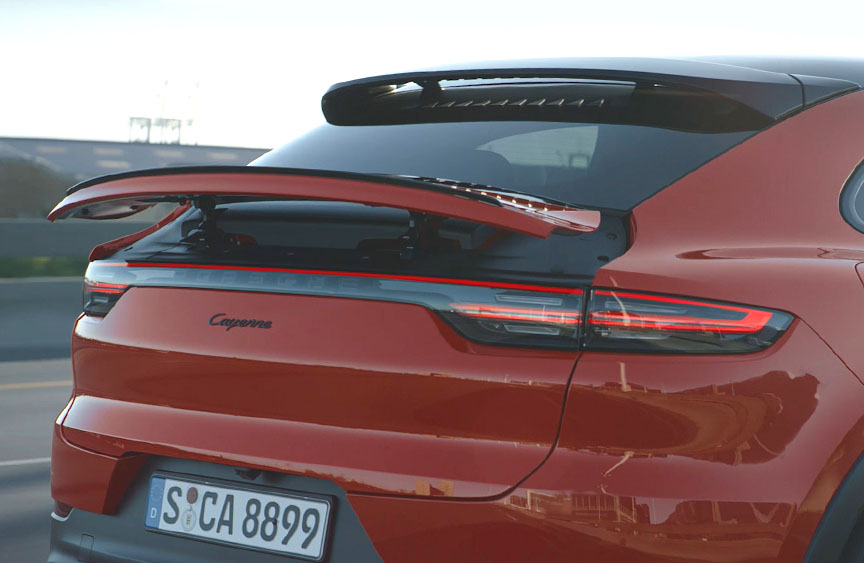
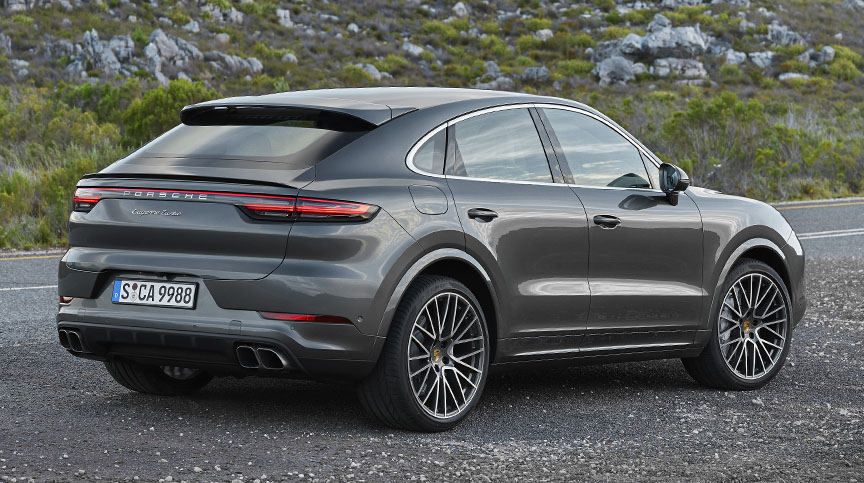
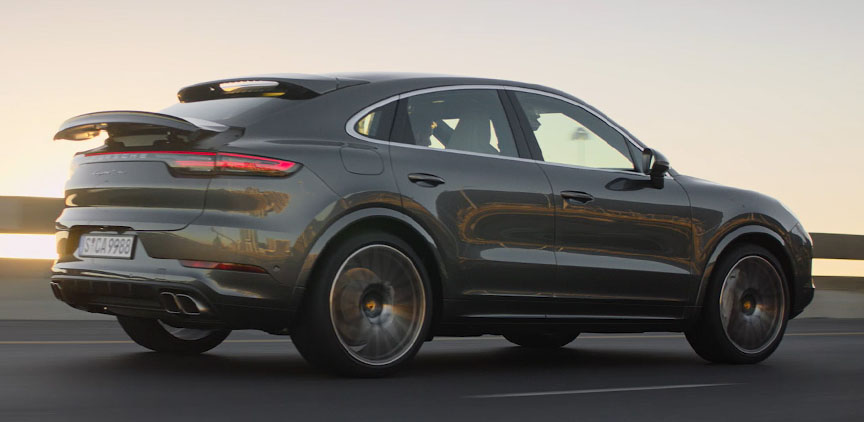
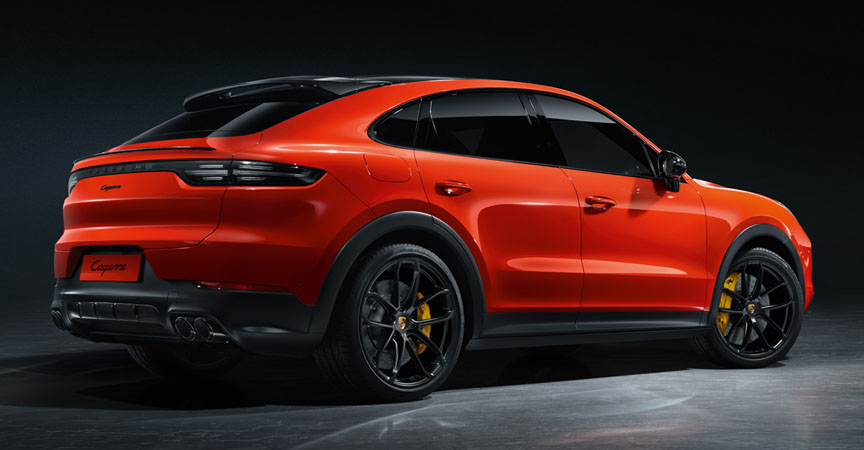
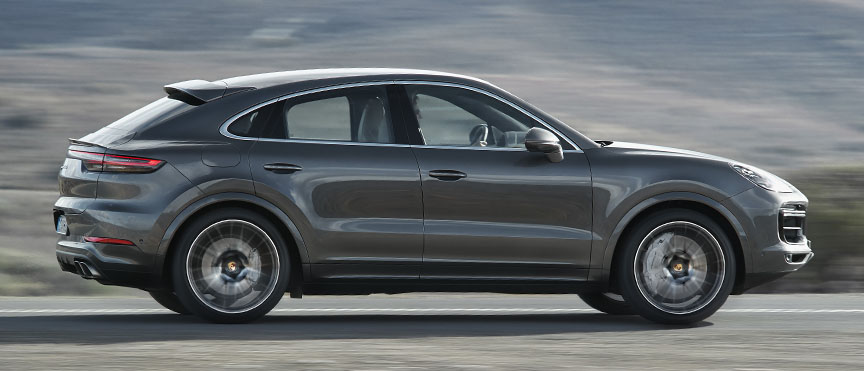
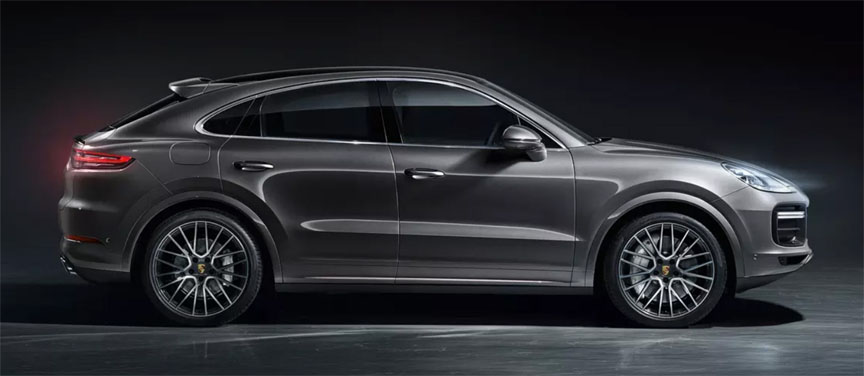
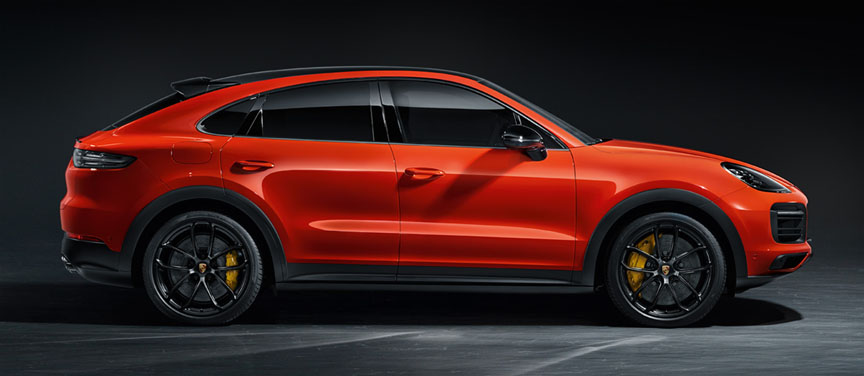
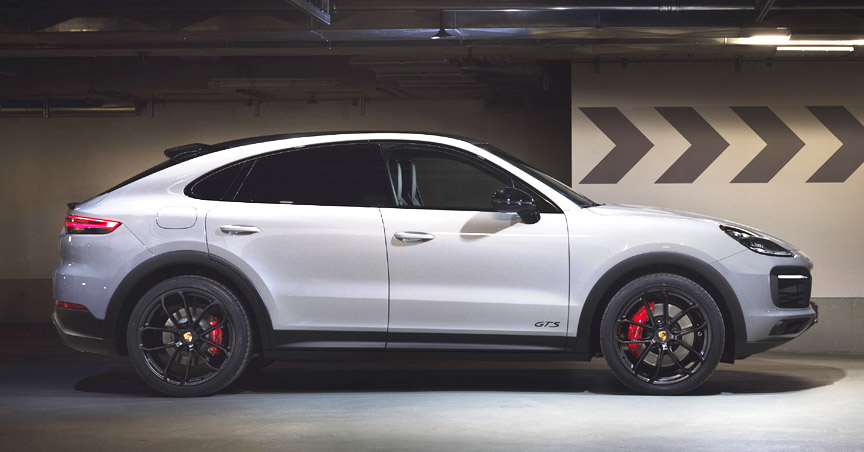
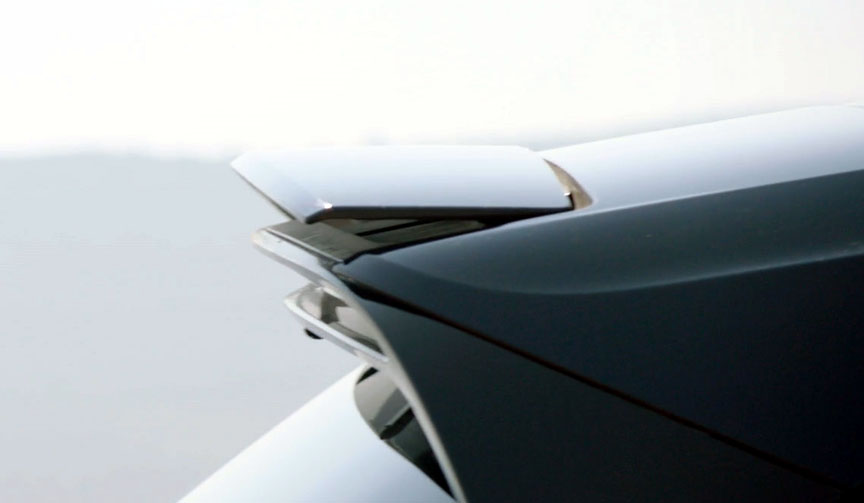
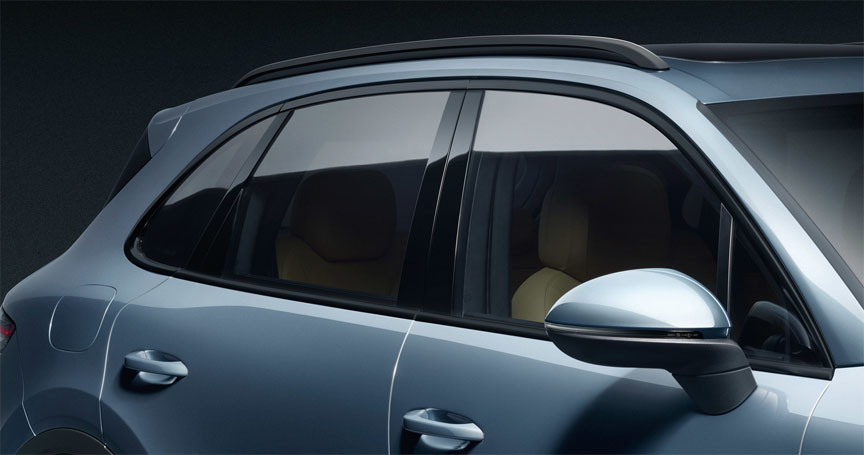
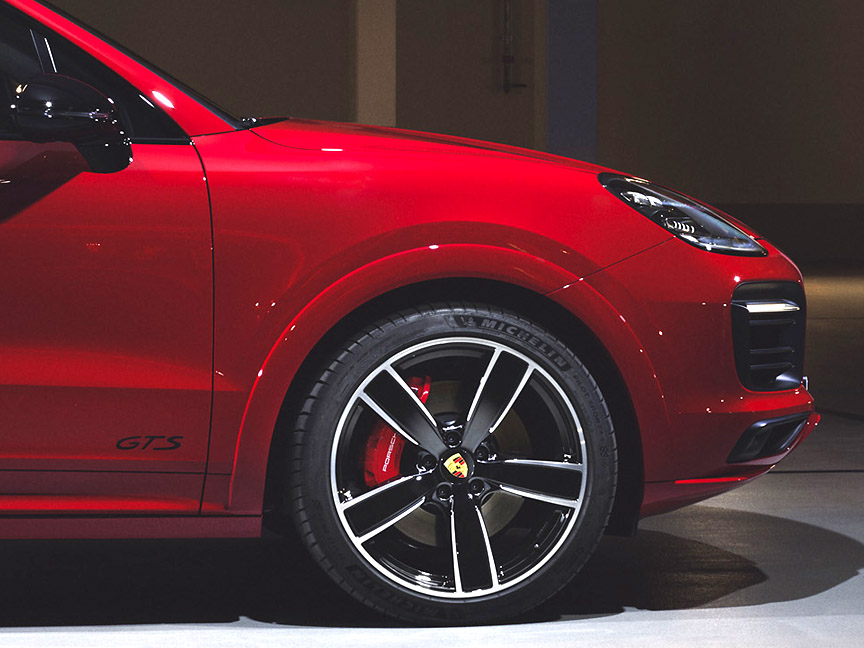
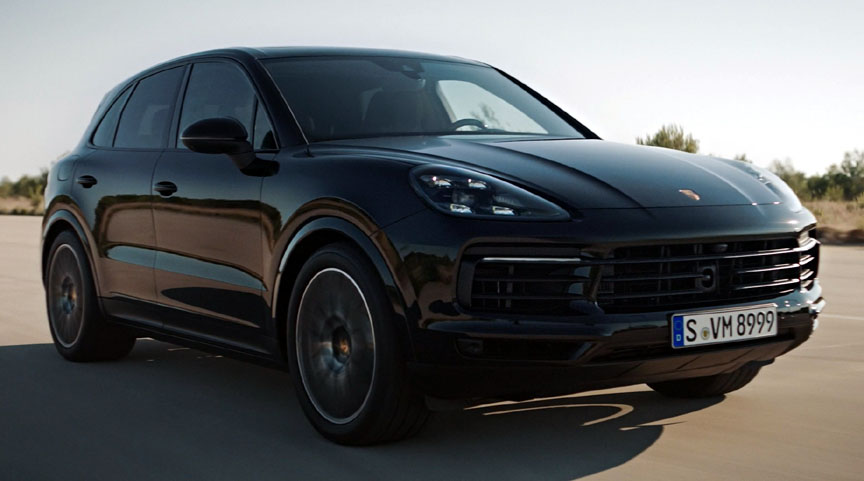
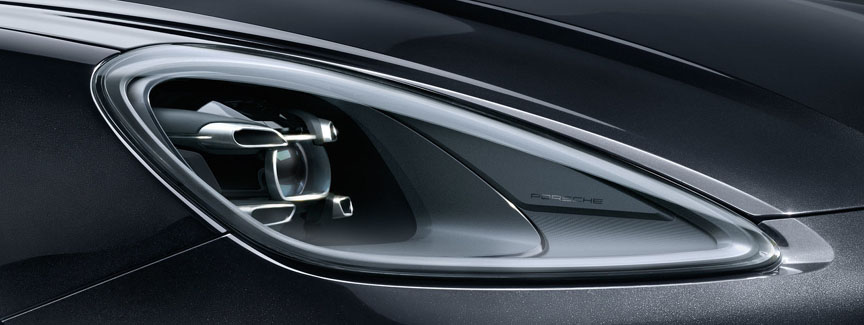
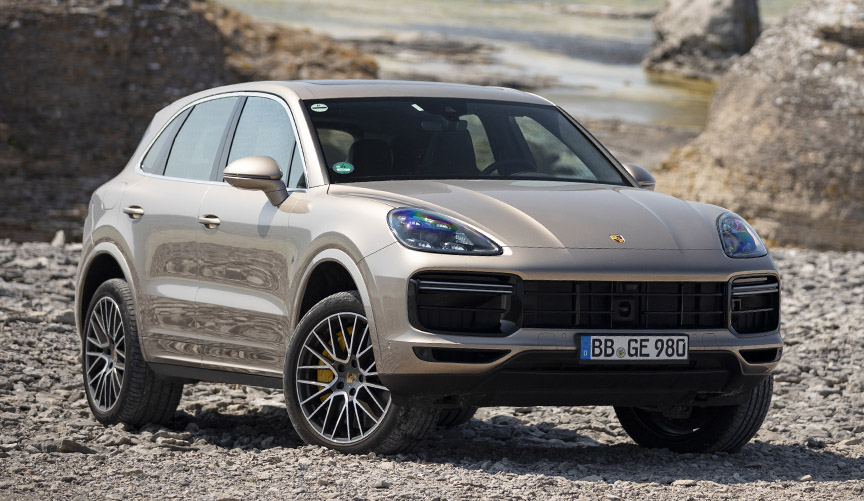
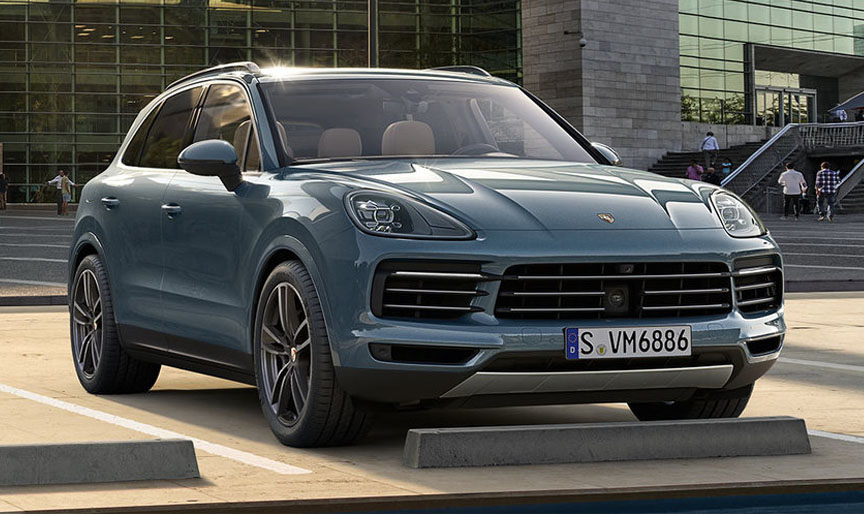
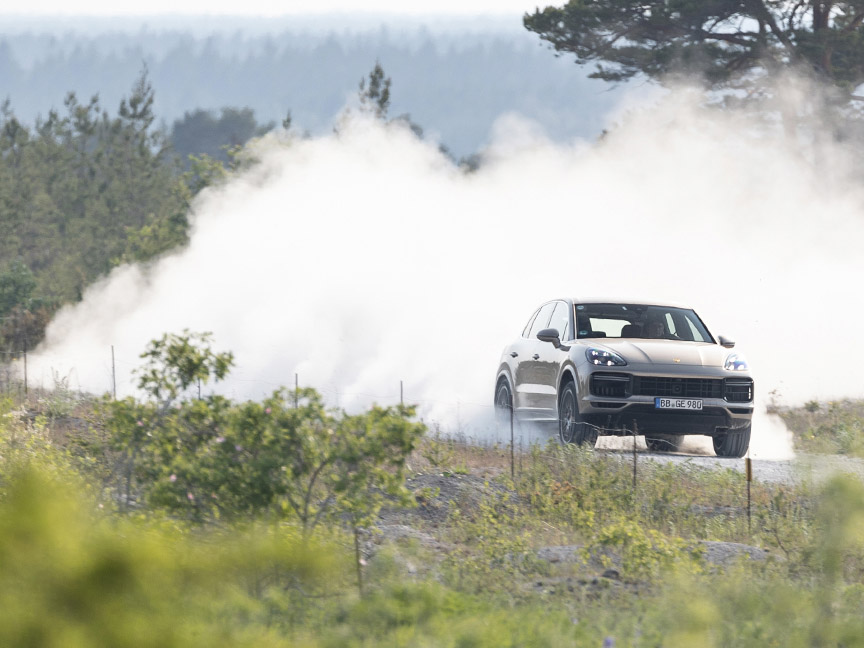
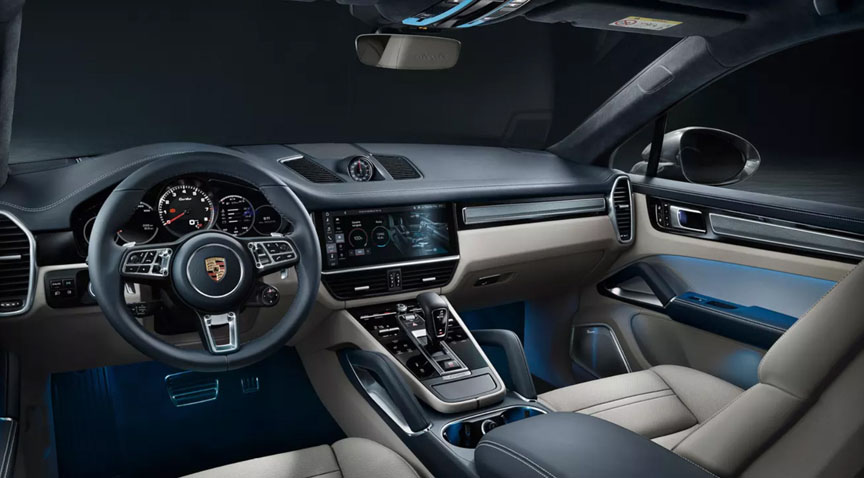
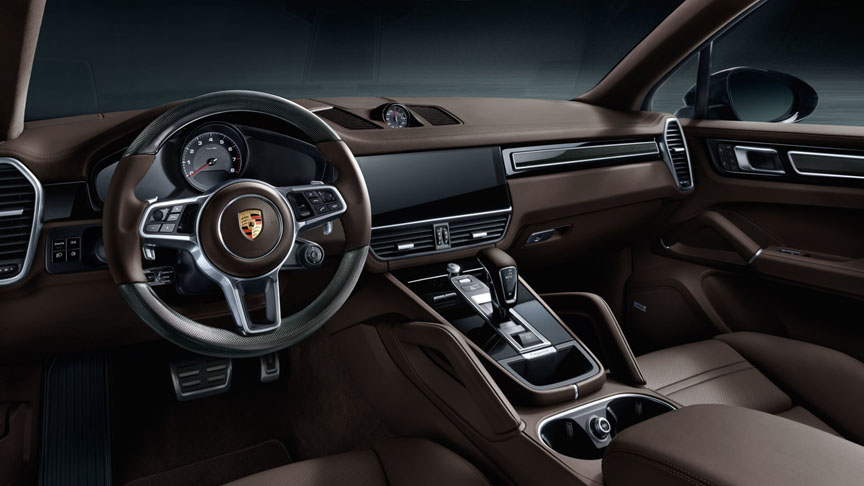
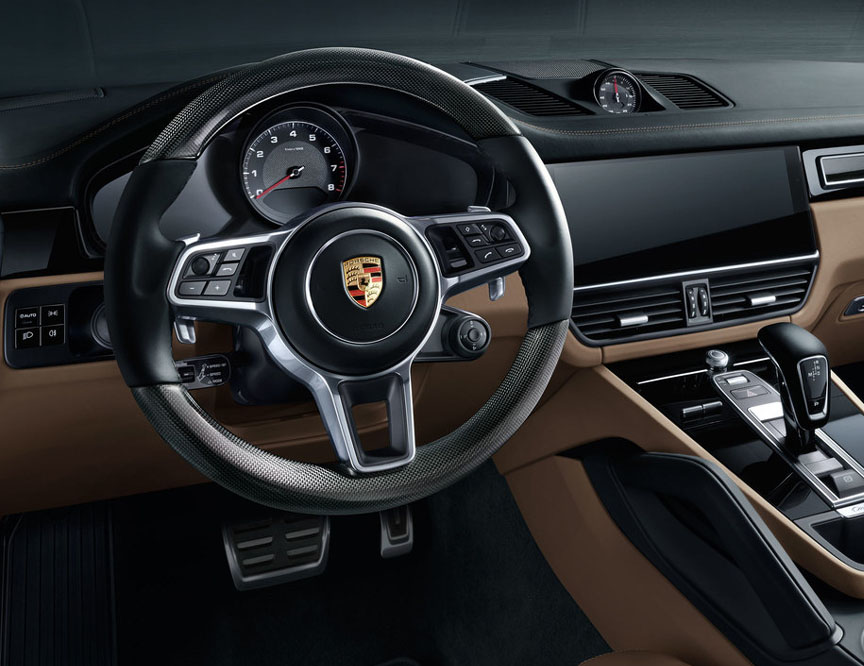
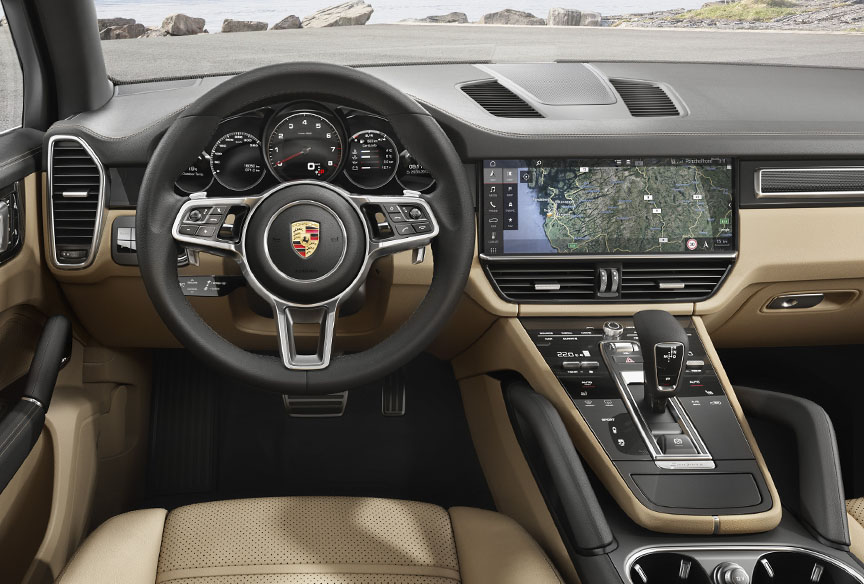
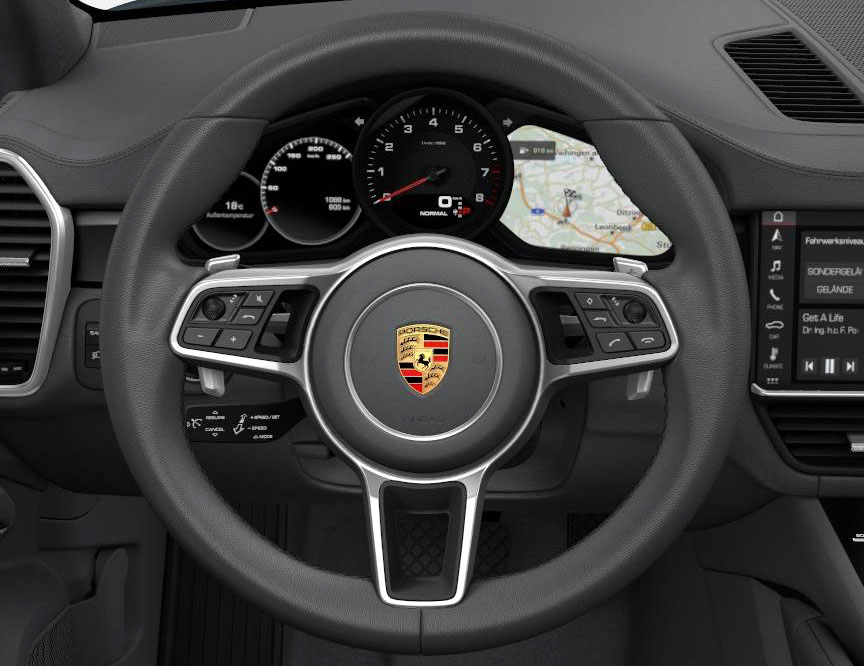
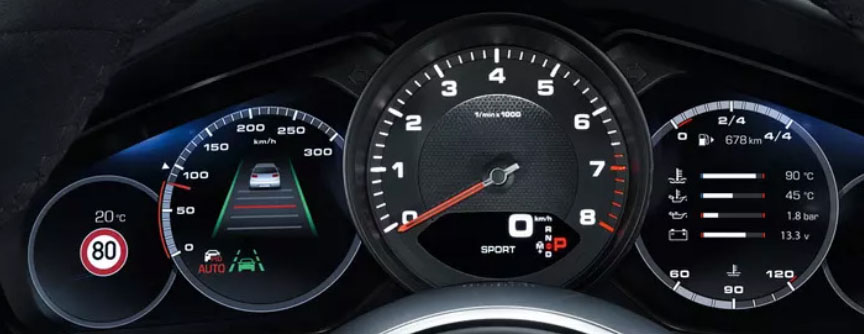
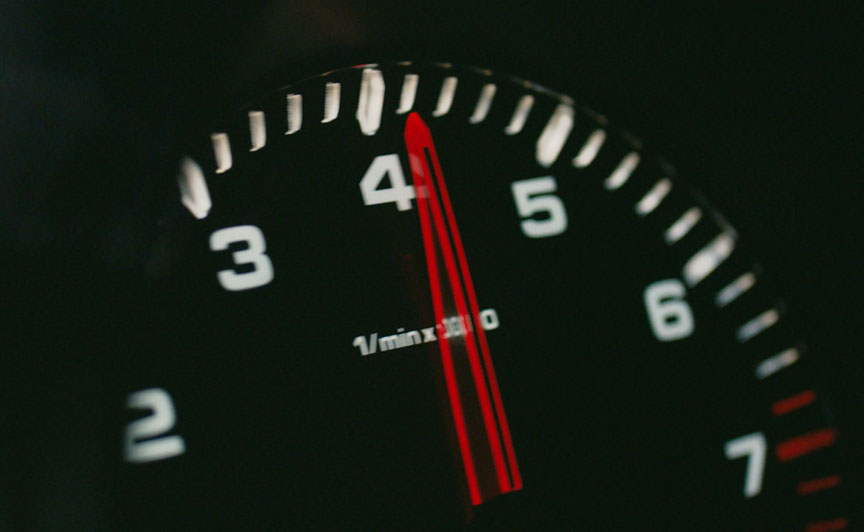
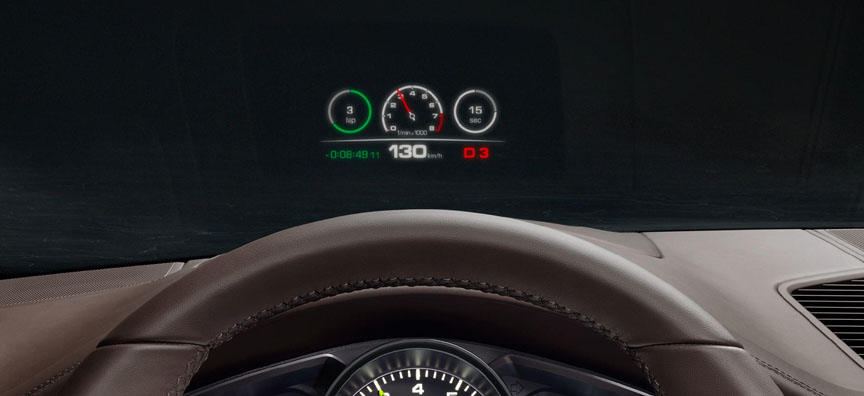
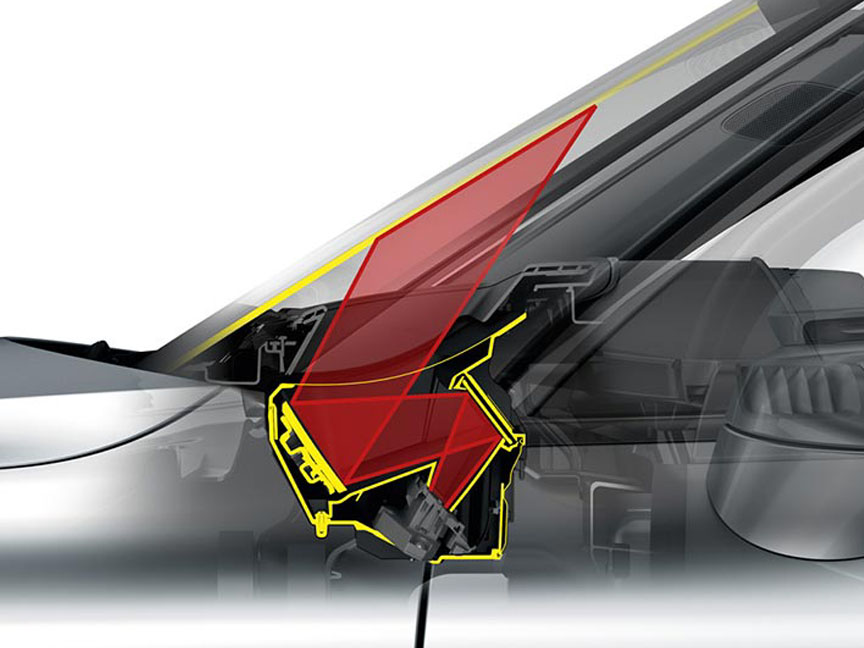
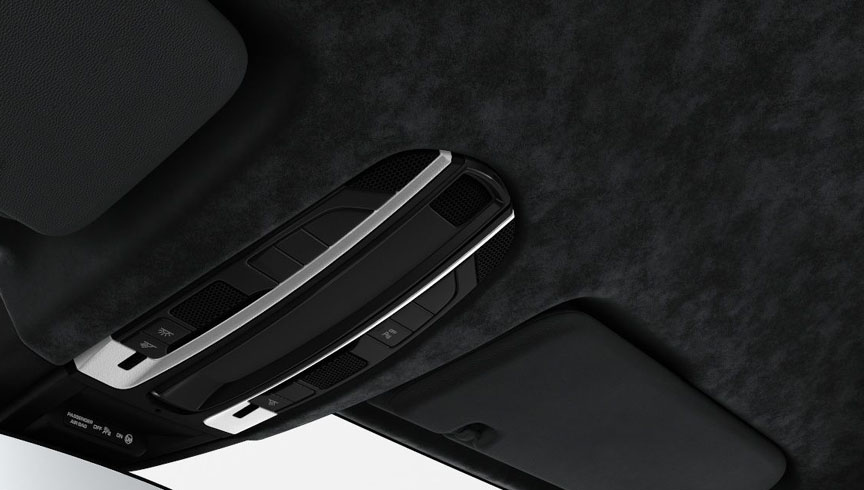
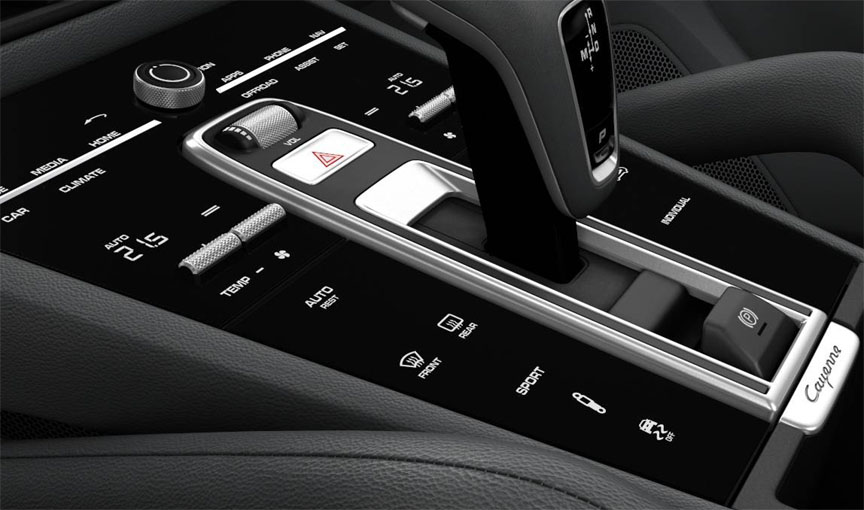
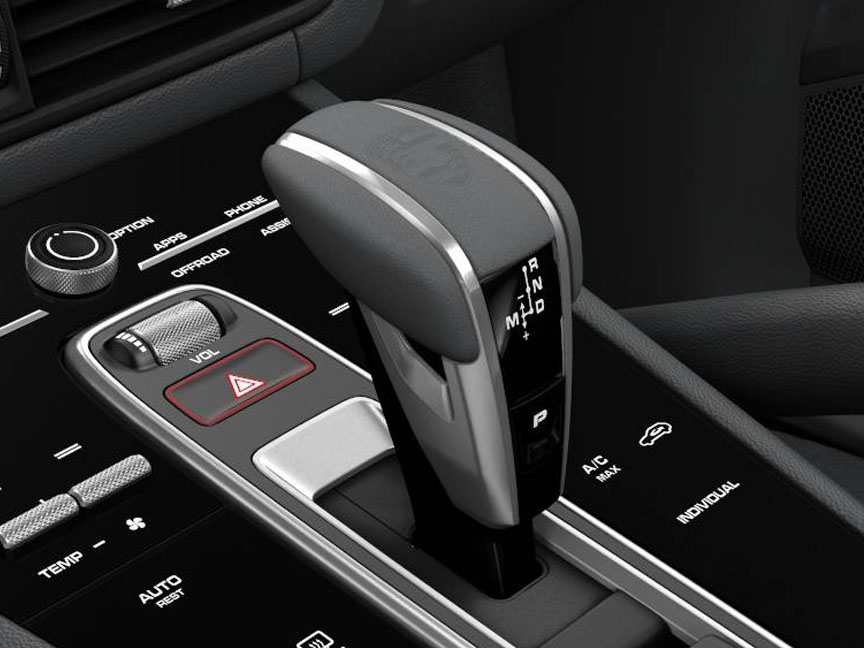
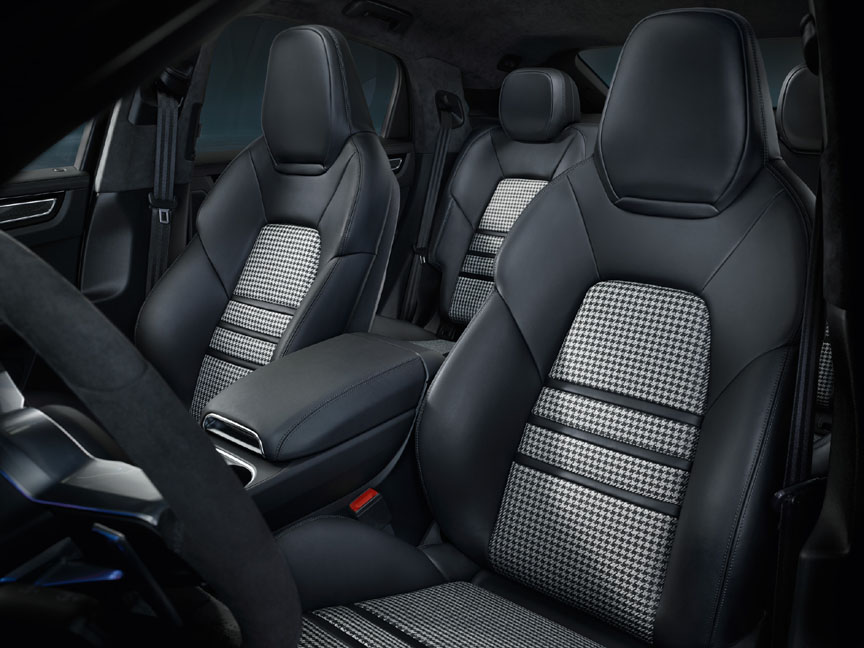
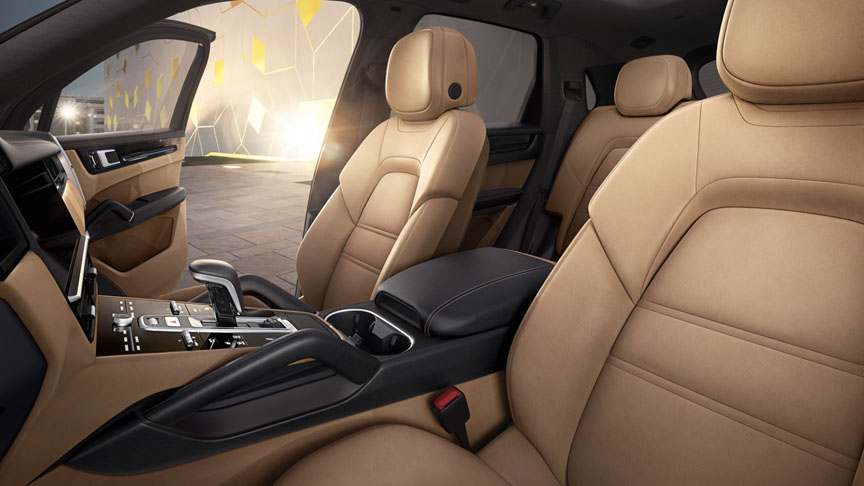
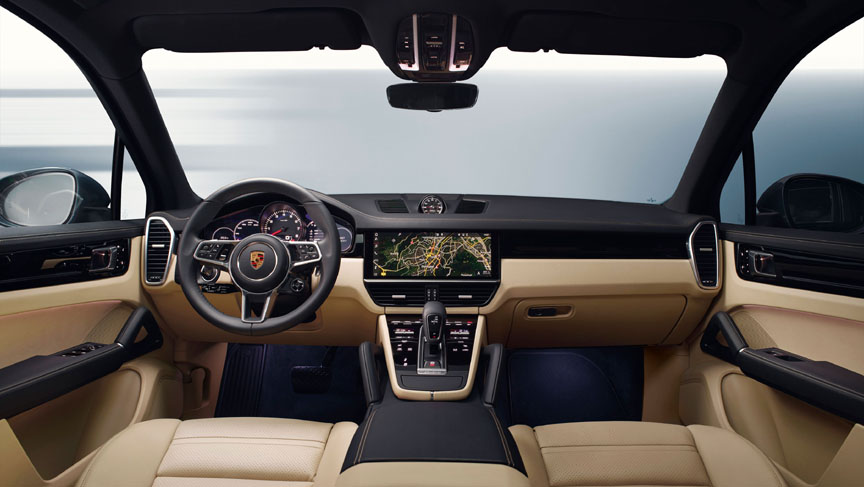
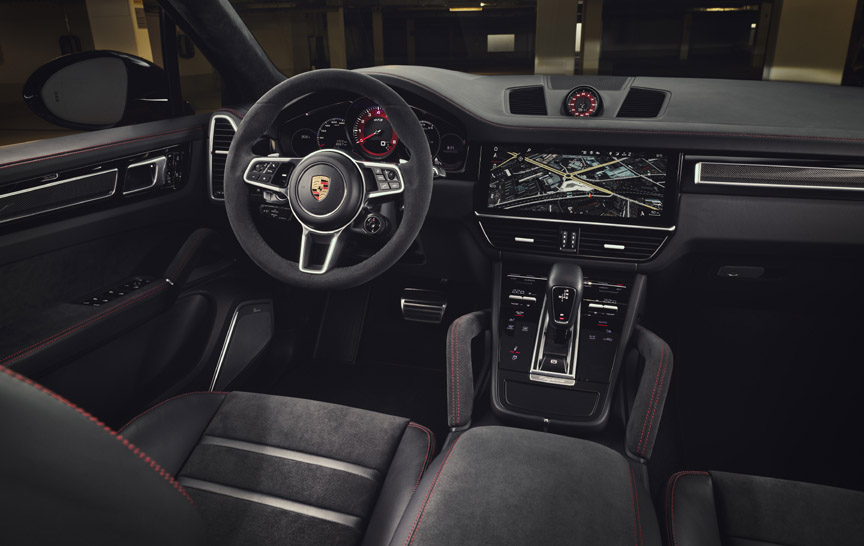
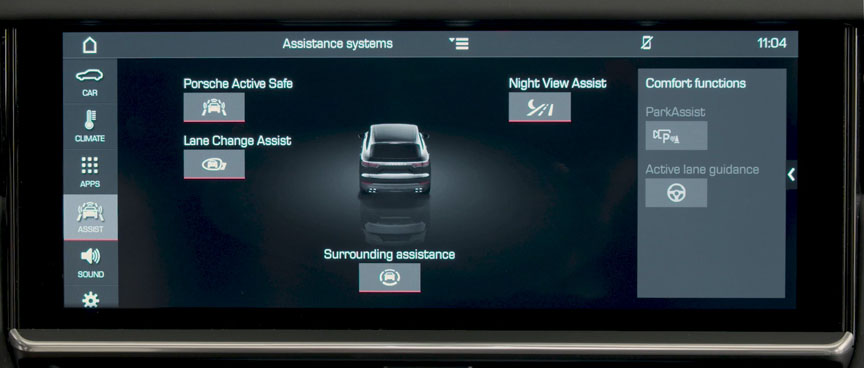
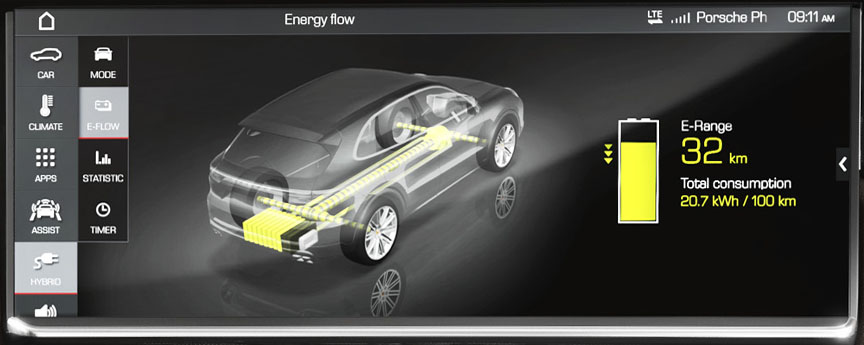
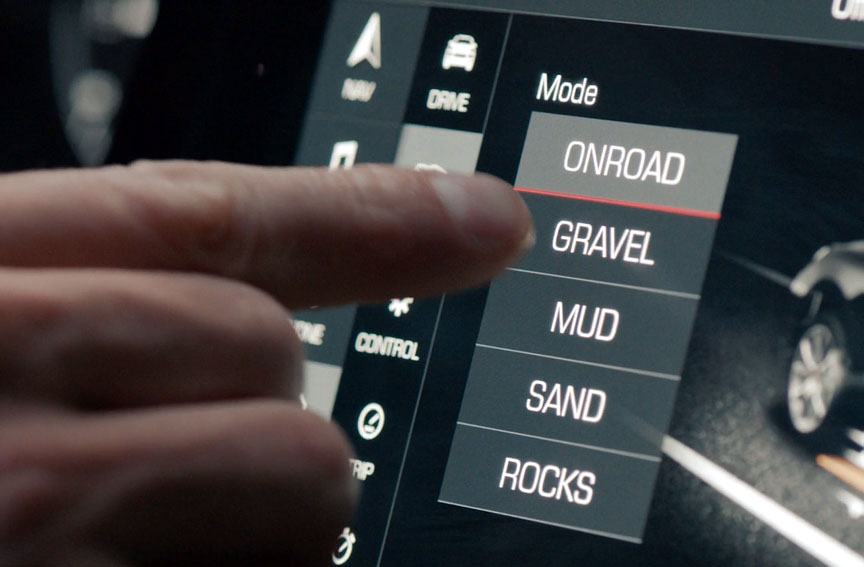
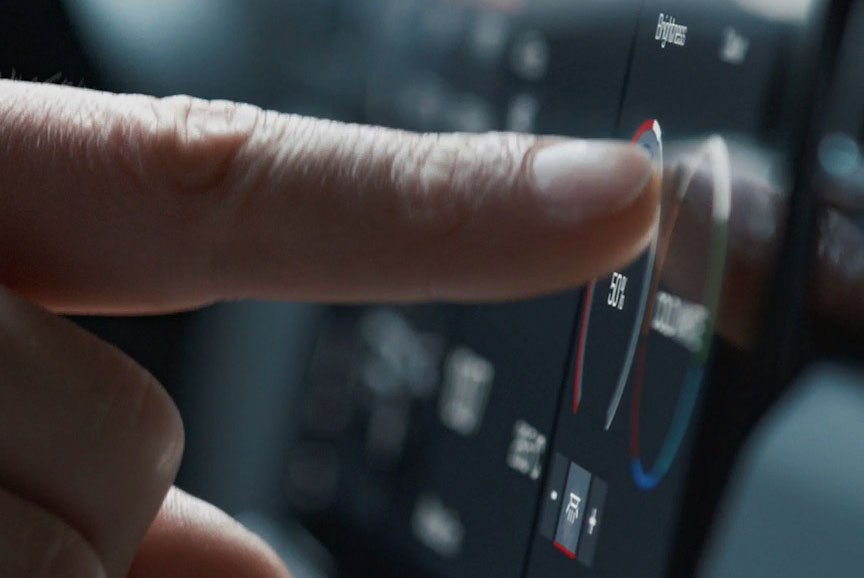
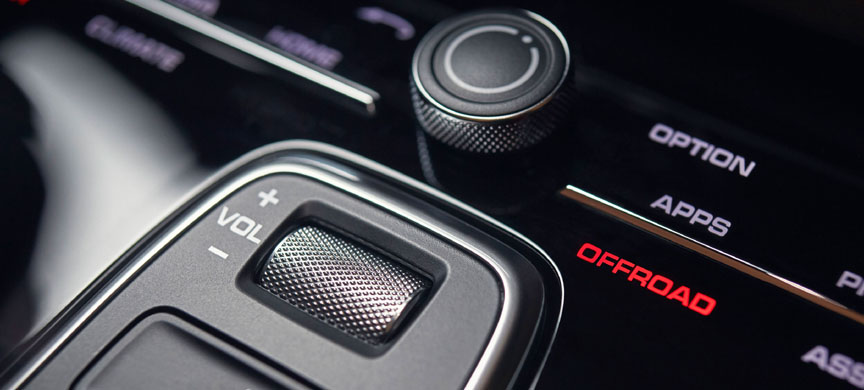
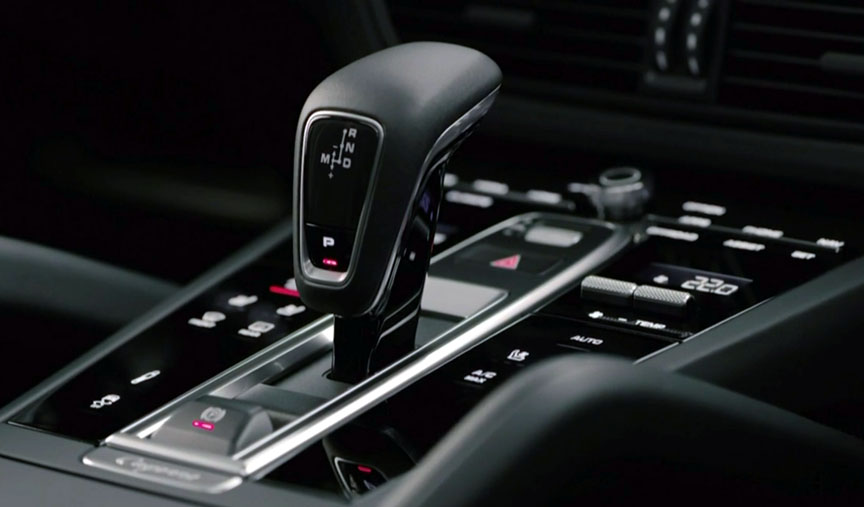
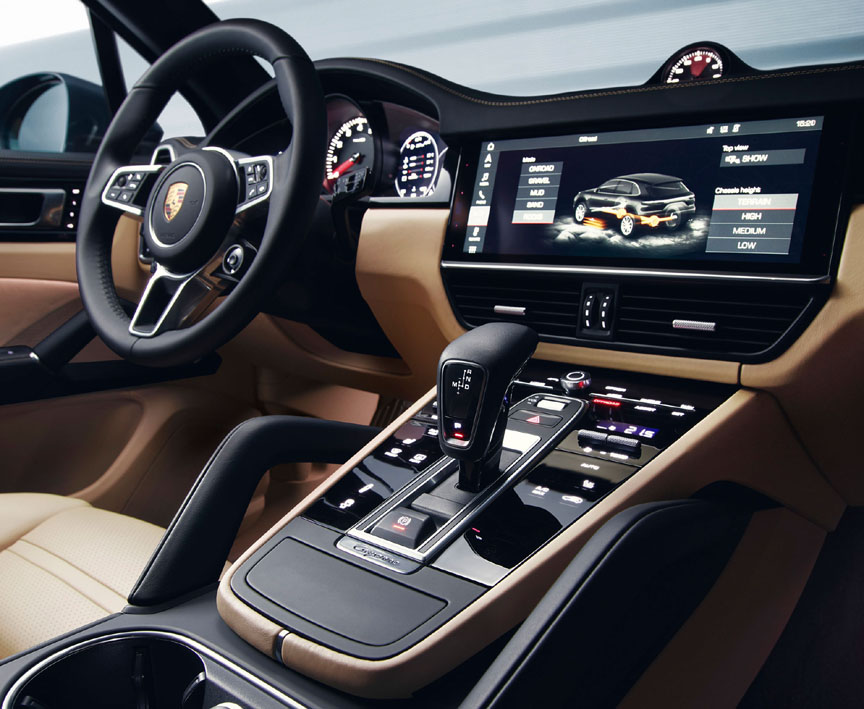
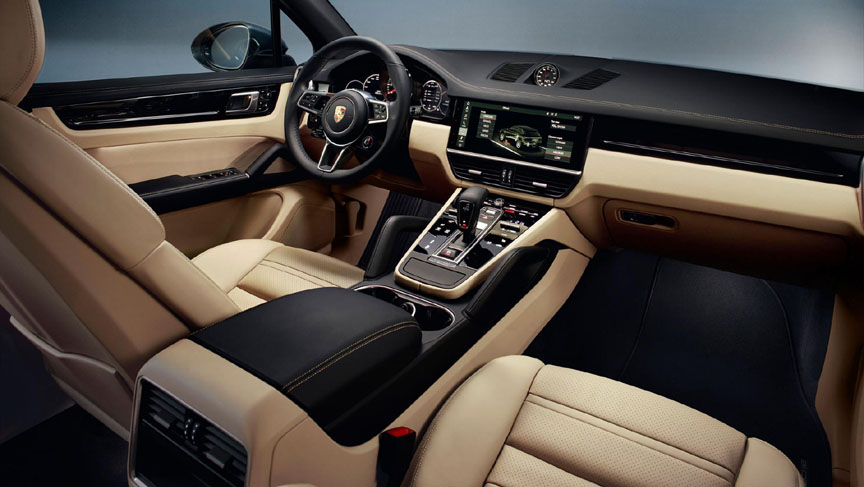
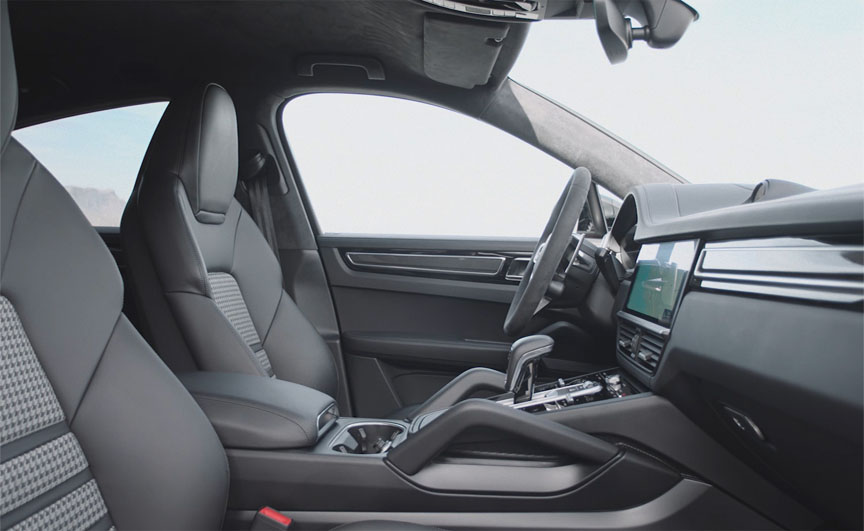
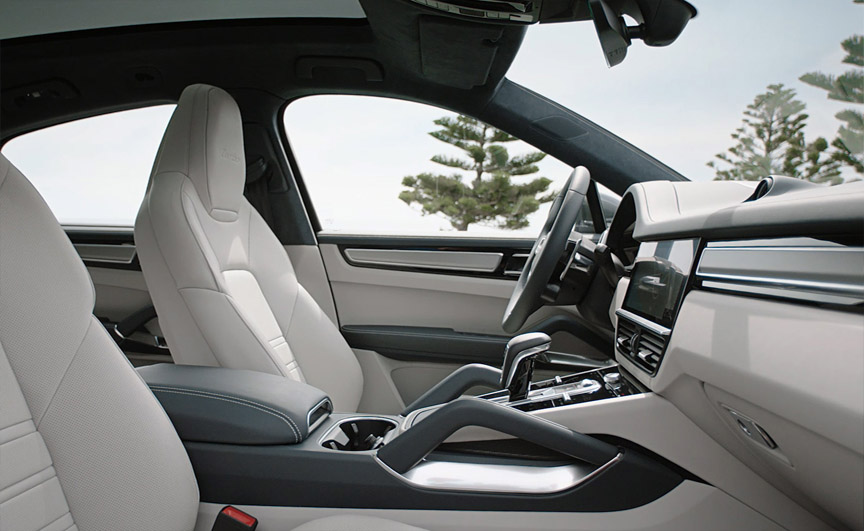
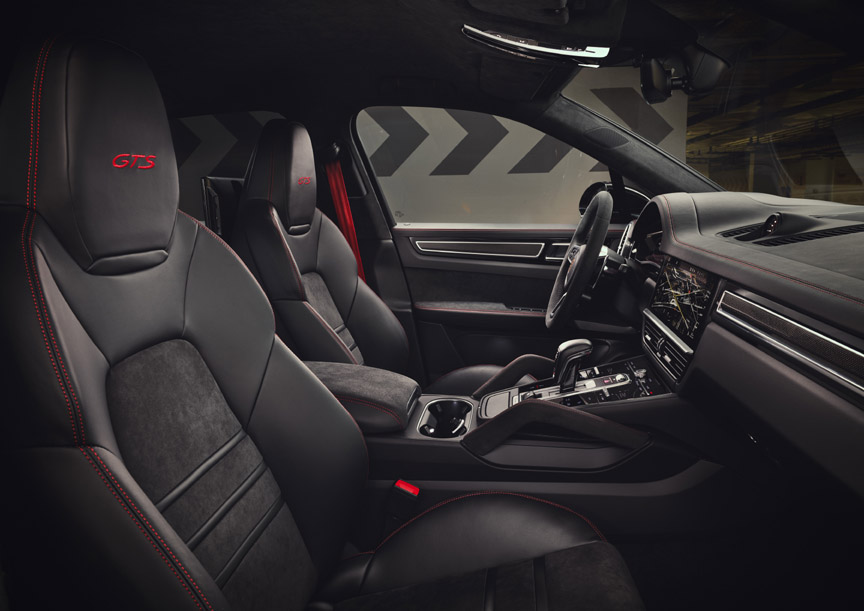
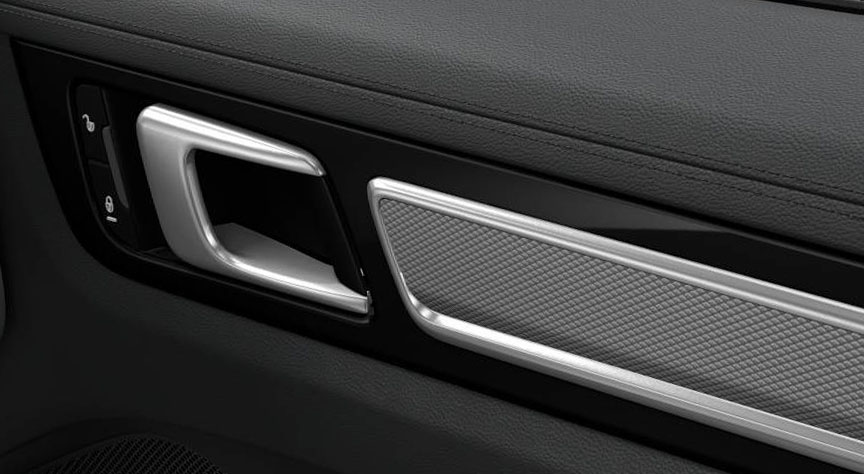
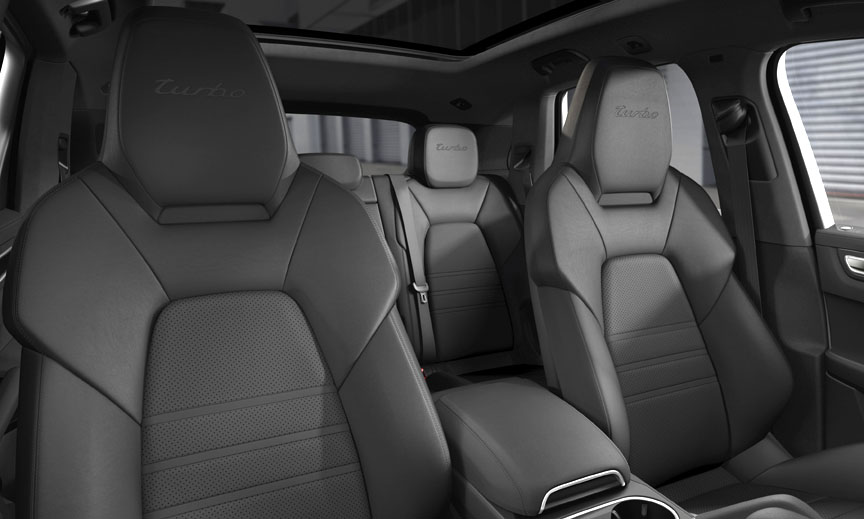
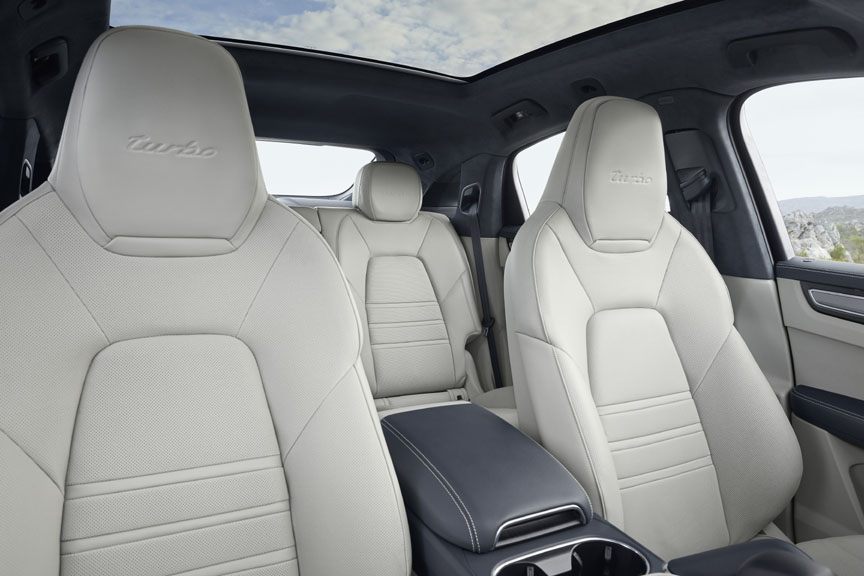
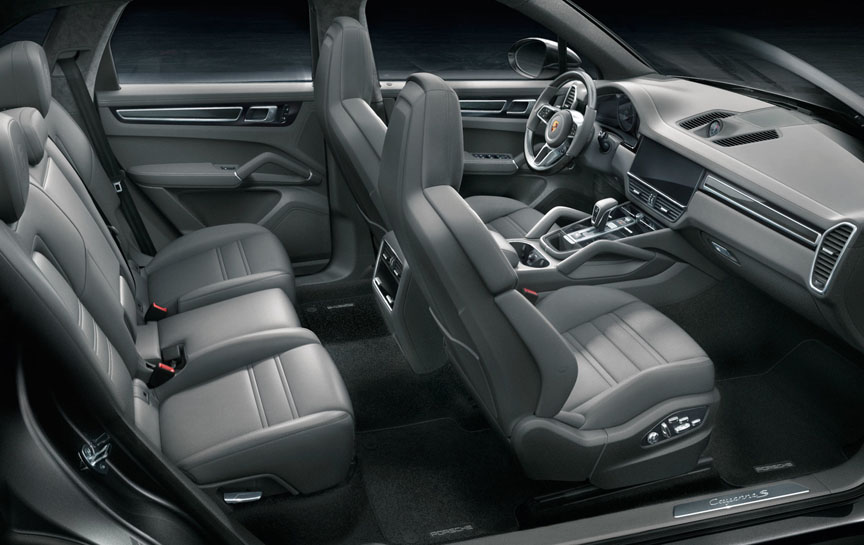
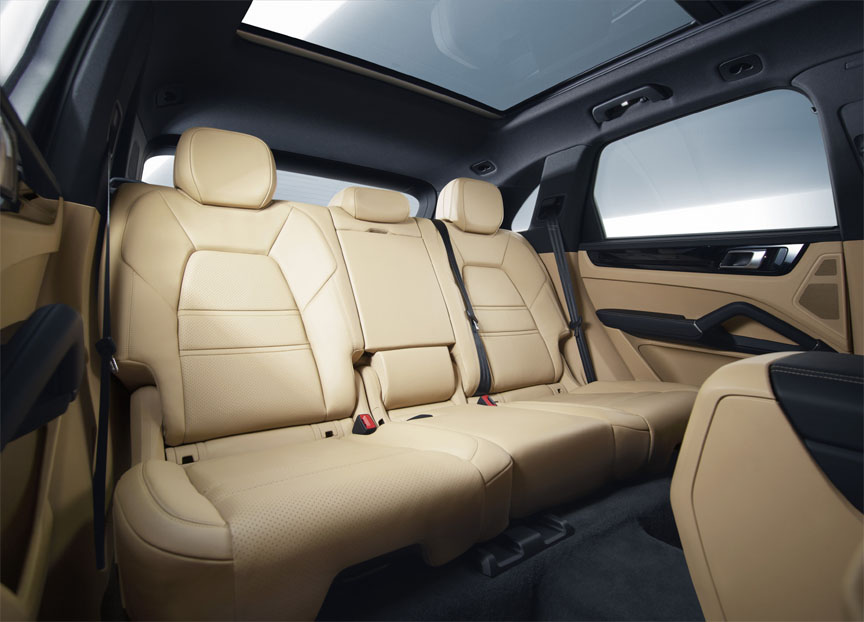
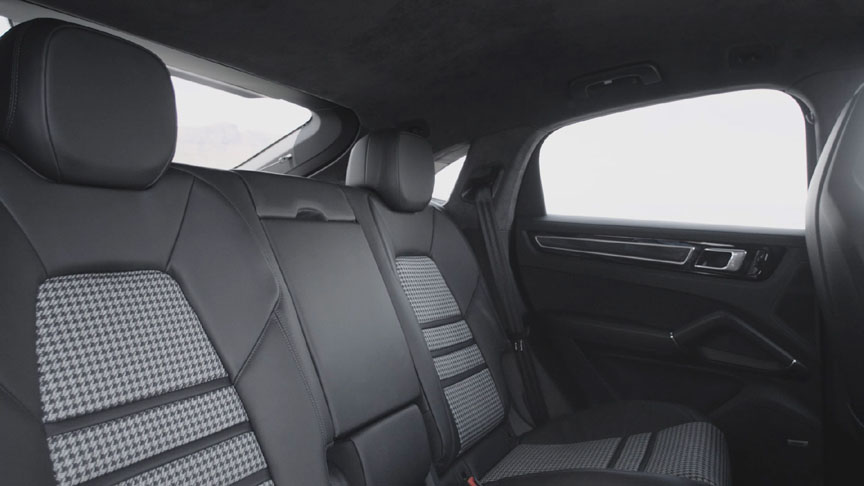
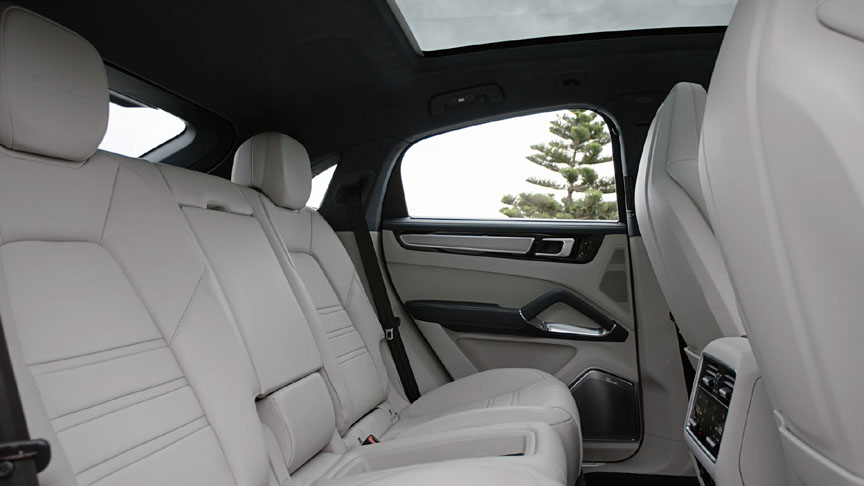
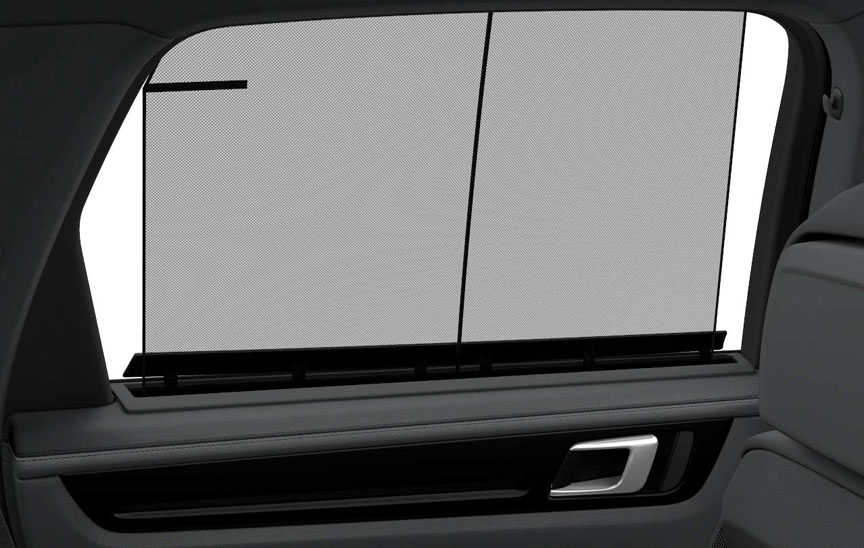
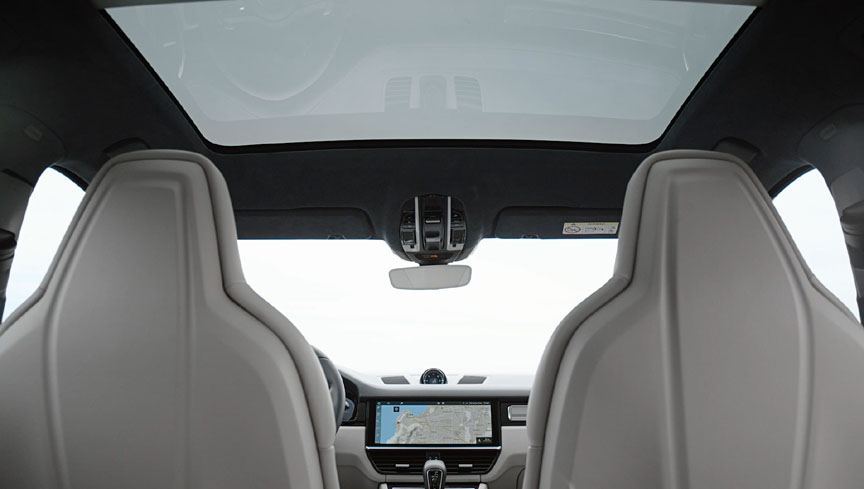
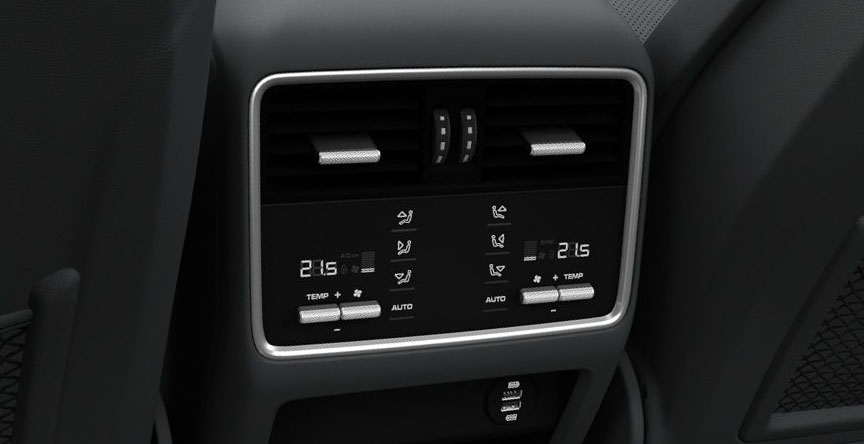
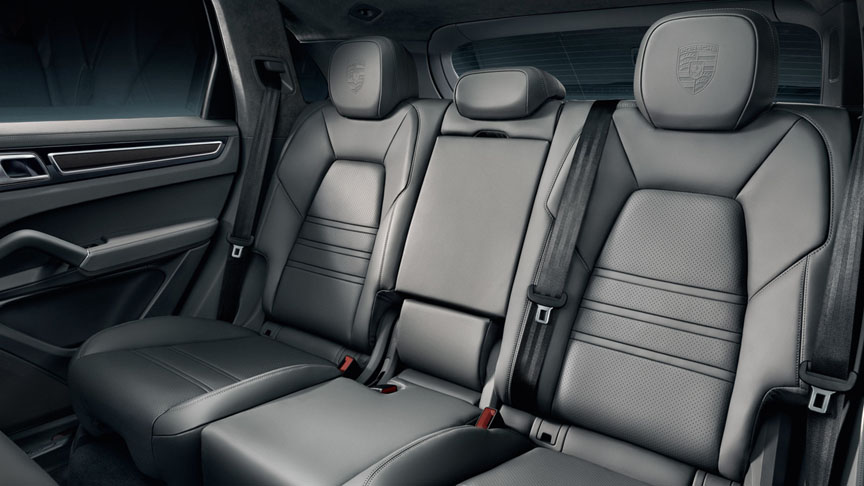
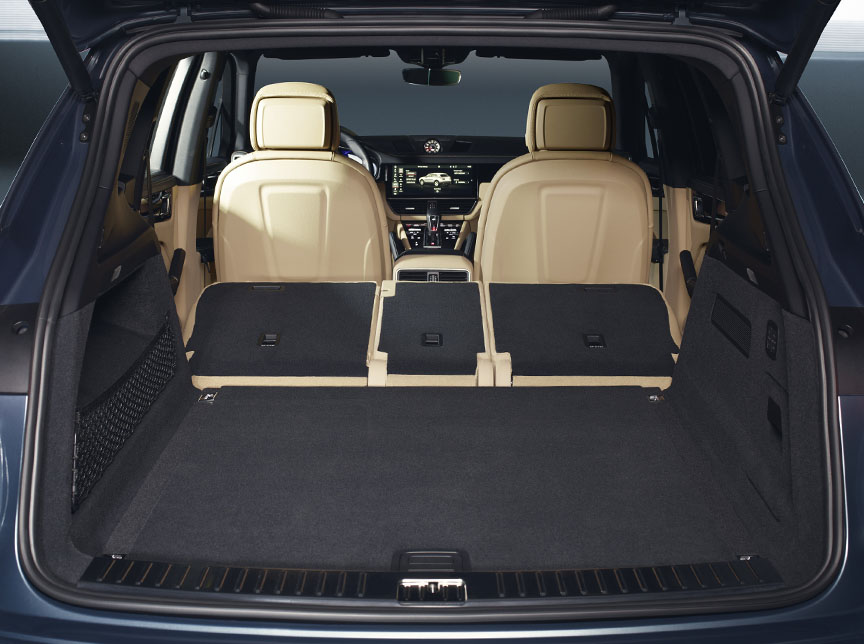



| Brake discs | Cayenne | Cayenne Hybrid | Cayenne S | GTS | Turbo, PSCB | Turbo S Hybrid, PCCB |
| Front, mm | 350 | 360 | 390 | 390 | 415 | 440 |
| Rear, mm | 330 | 358 | 330 | 358 | 365 | 410 |
